May 20, 2018
Martha O'Kennon
Back to late Spring. The last of the Tulips are holding their own. The red ones are almost a meter high - a squirrel standing on its tippy-toes isn't going to bite that head off. And the yellow (streaked with red) Parrot Tulips are magnificent! (imho)
The yellow trillium (out in the very shady back) is always beautiful though isolated.
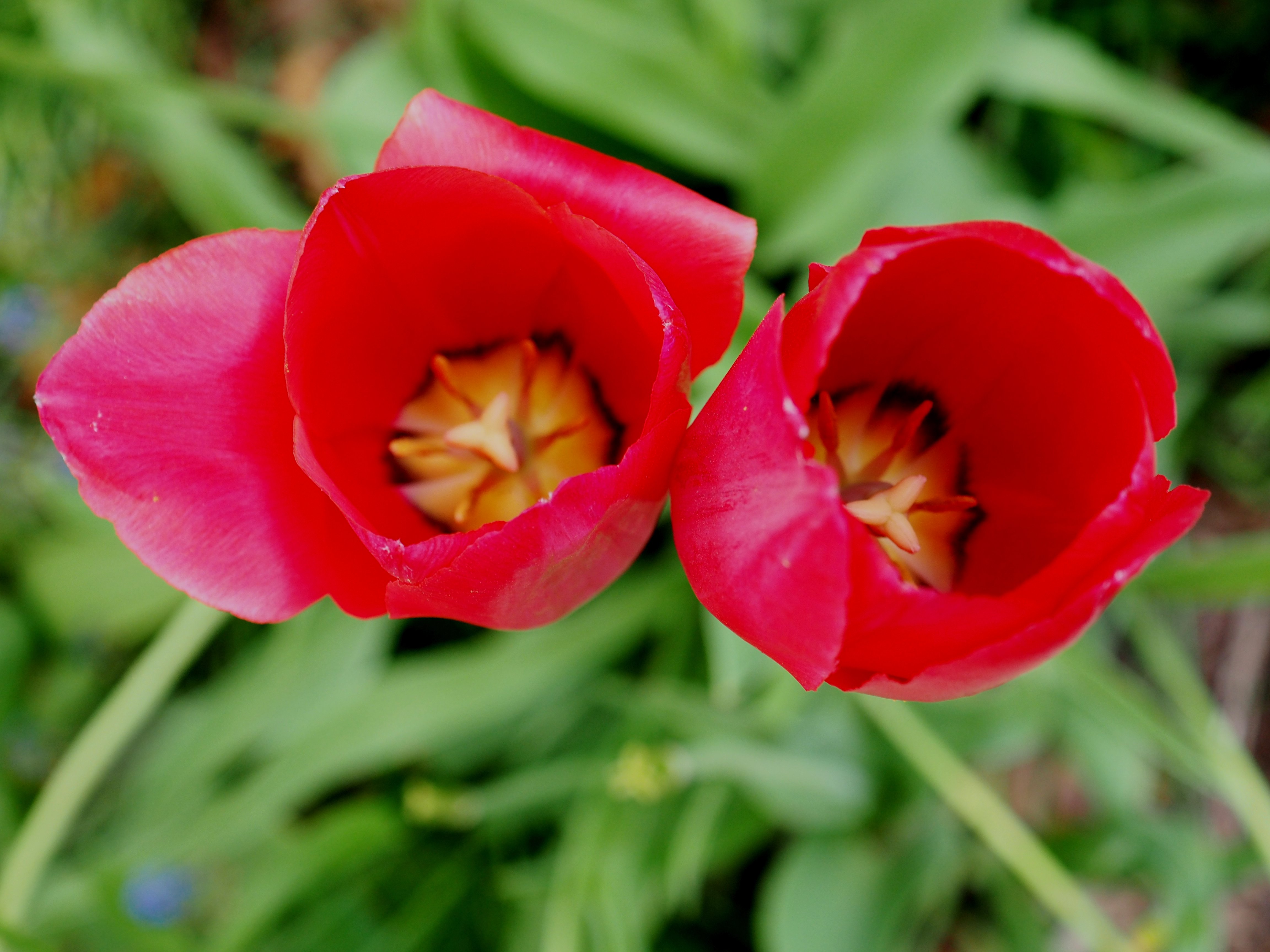
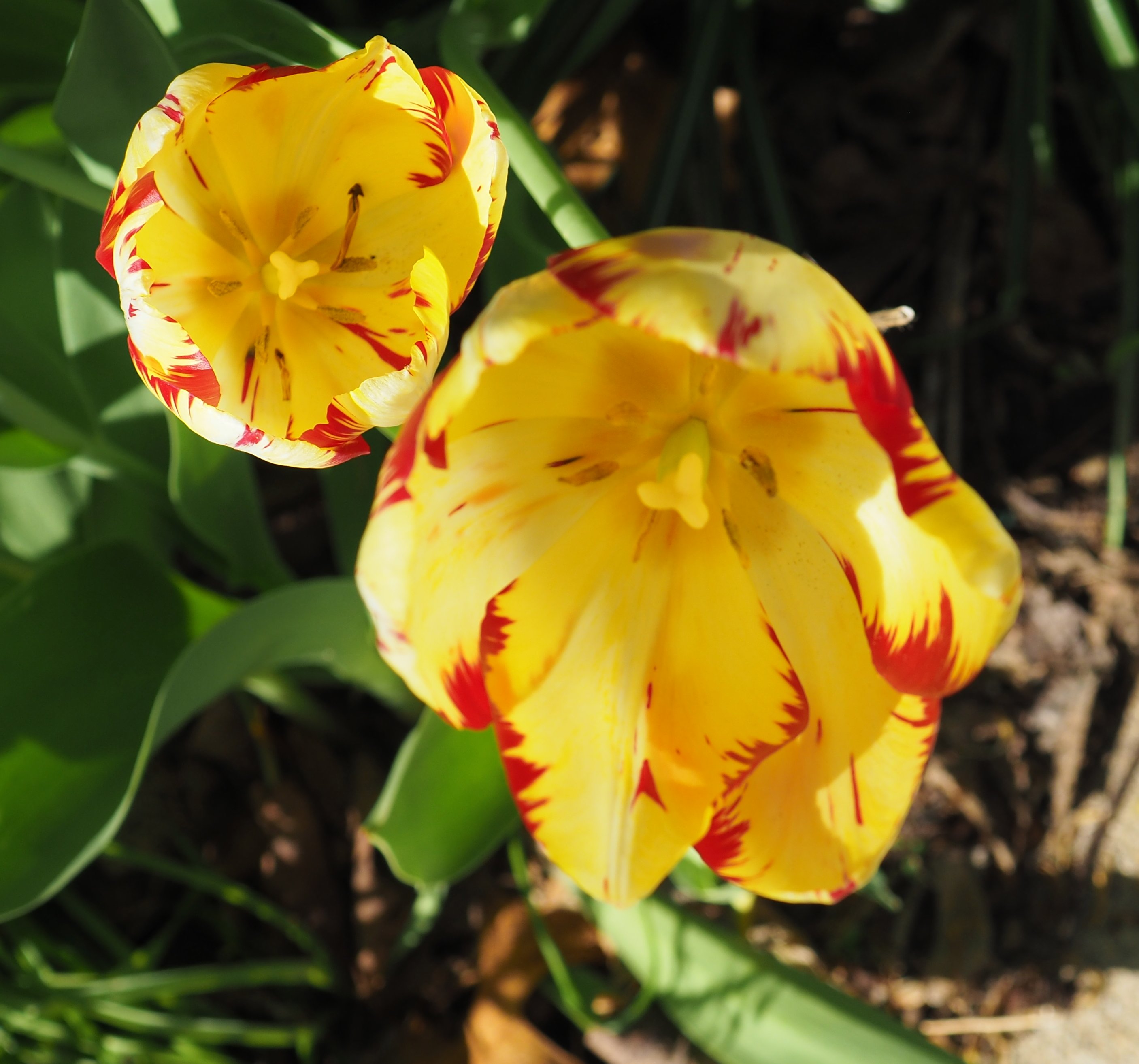
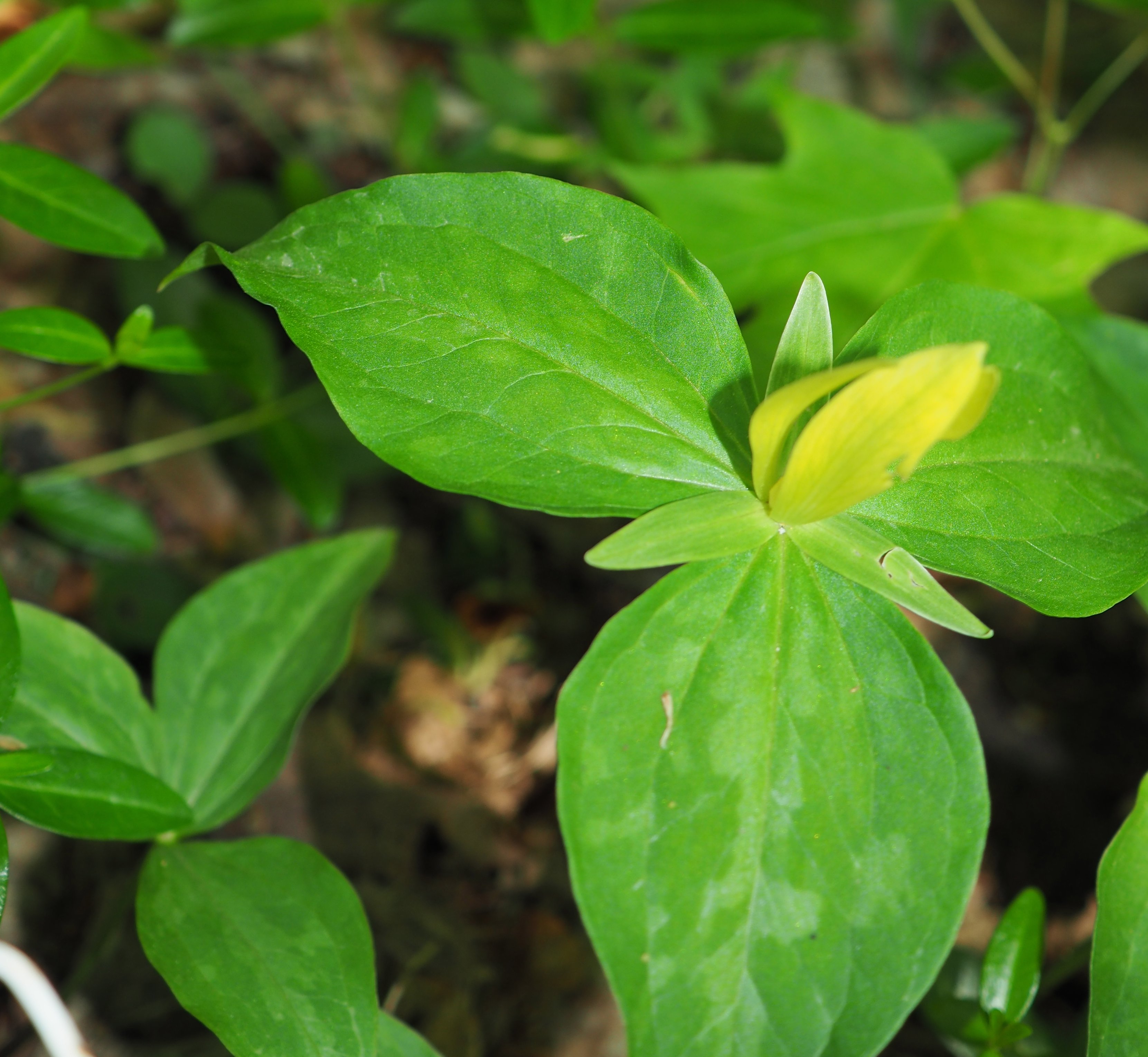
Remember that there is information in the name of the file for each image. You can see it by mousing over the image - look at the lower left of the screen. Or you can click on the image to get to the (usually) larger image. Then the info is displayed in the address line above. Sometimes the second click will actually display a different view of the original image.
Now Ma Robin is having to spend more time out of the nest to find goodies for the now FOUR little mouths. This means I can use flash so as to get a clearer picture of the soundless mouths that stay elevated and open and never alert trouble that they are there. Little sweeties! Oh, I should point out that the mouths are no longer disembodied - On the two olders, you can see bits of baby robin heads attached.
But I skipped over the ants - whatever is trendy, we do it! Here are a bunch of them devouring a leaf of some kind of ground cover (could it be the Goutweed?). And oooh oooh look at that big red ant. It's actually quite large compared to those really tiny ones eating the leaf.
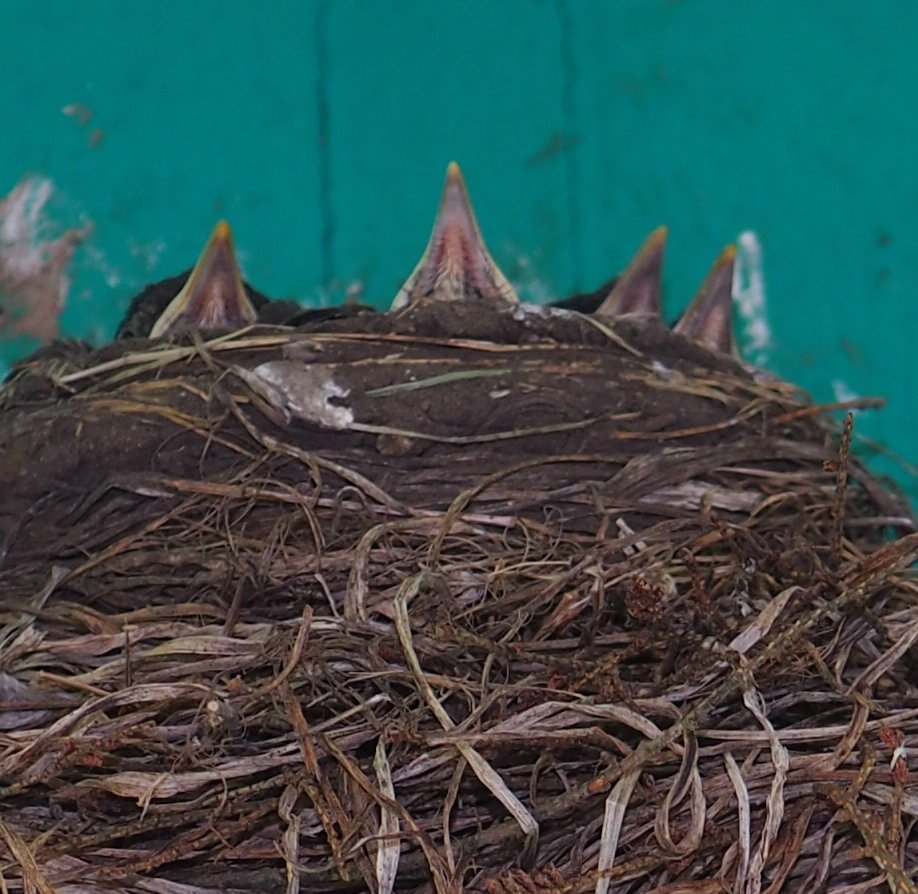
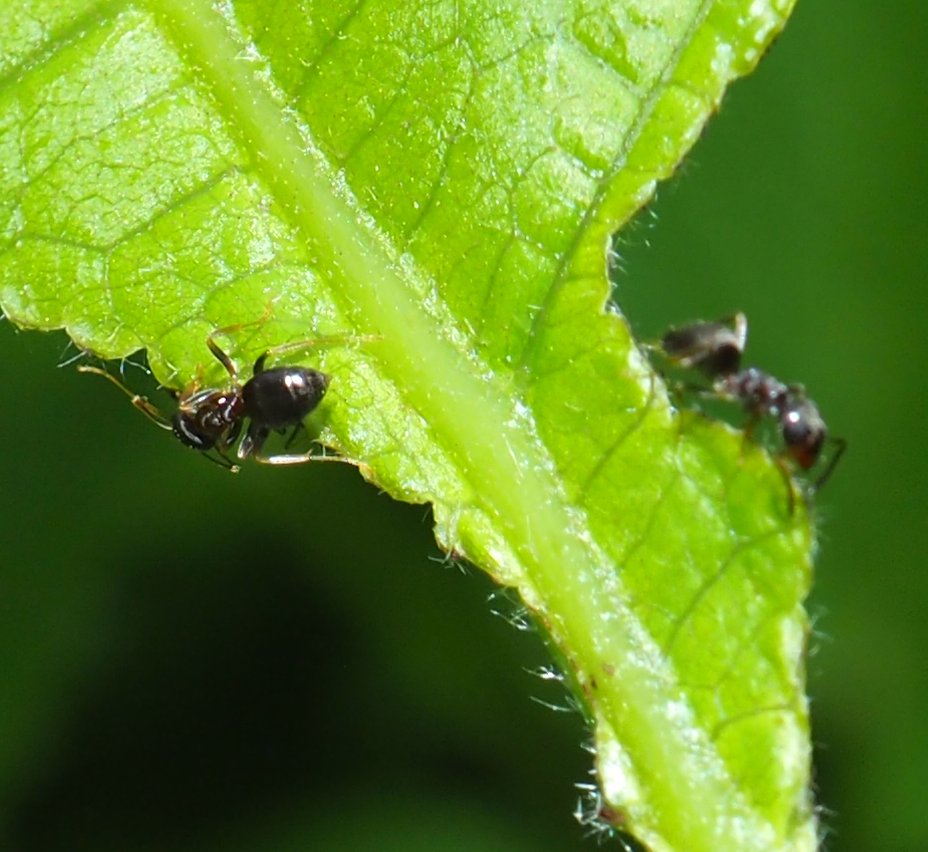
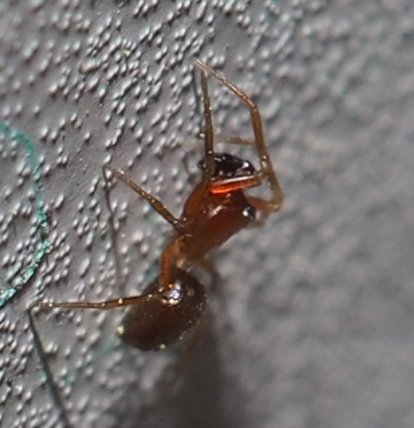
In last week's class on the habitats in my back yard, someone asked me about great habitat plants. I mentioned of course my two favorites, the goldenrod and asters. But I need to say a bit right now about a pop-up habitat - the forget-me-nots. They attract the bees like crazy, and they are a pretty color too. Here is a Miner Bee (Andrena) who is a summer-long visitor. The ones I look for at this time of year are the Nomad Bees. The bees are all jealous of their pretty reddish-purplish colorings. The third mystery bee may in fact be another Miner.

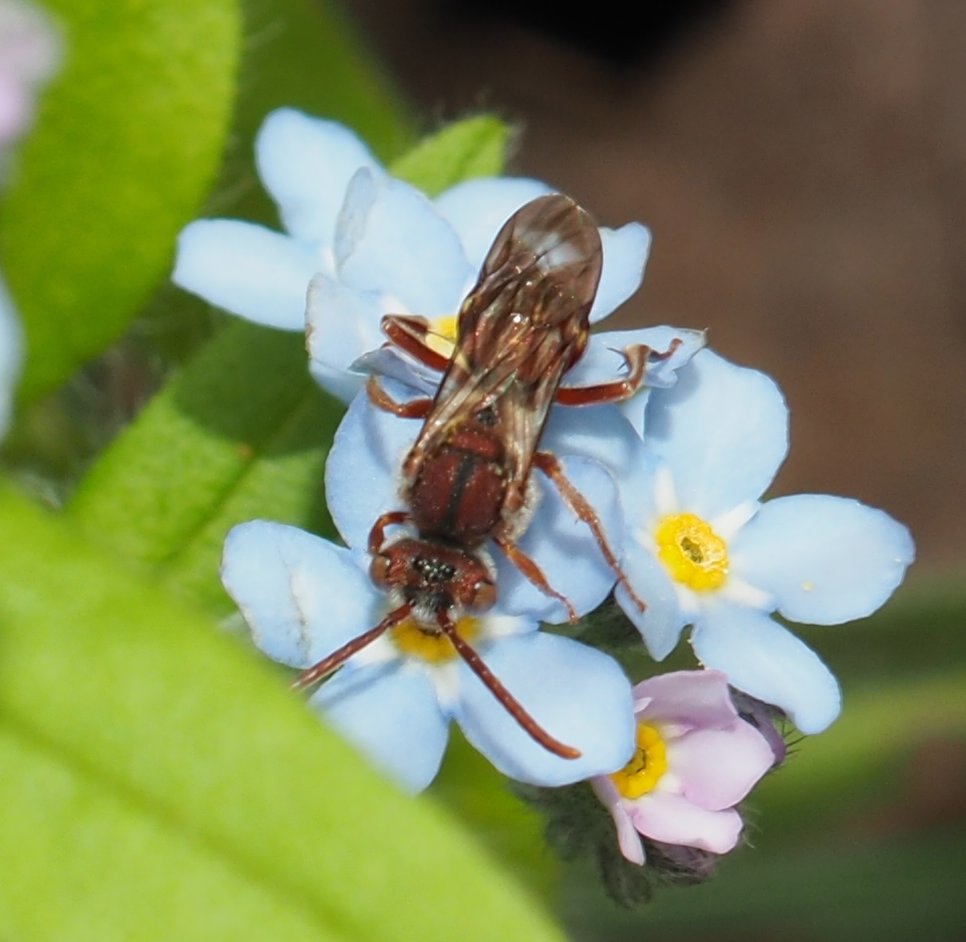
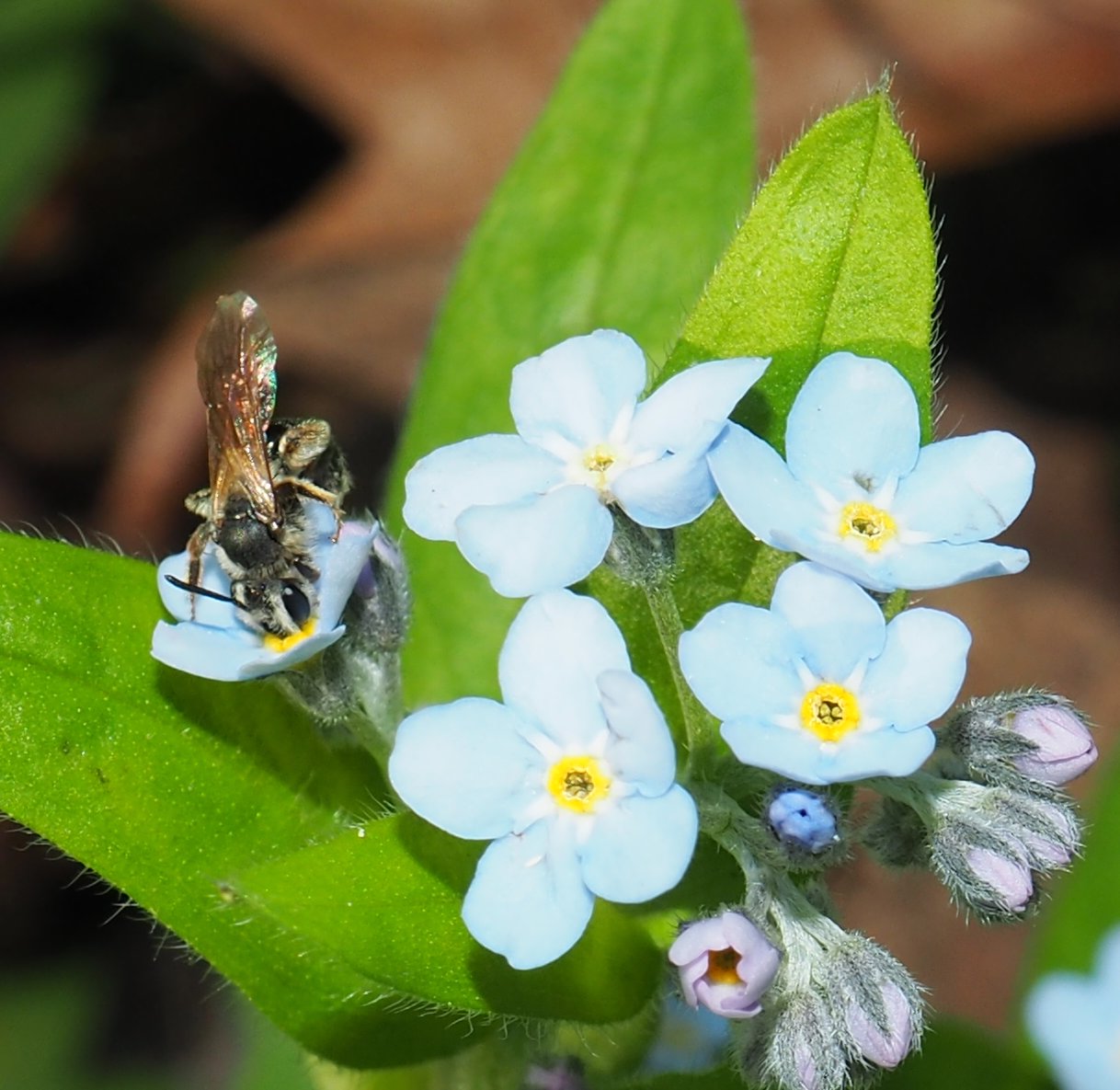
Suddenly we have been having these two Click Beetles. They get their name from the fact that if you hold them gently but firmly by the abdomen, their head and thorax twitch making a "click" sound. There was this first light brownish one, and this blacker one.
This last lady beetle was either caught by winter trying to get out of its pupal shell, OR it is opening up now.

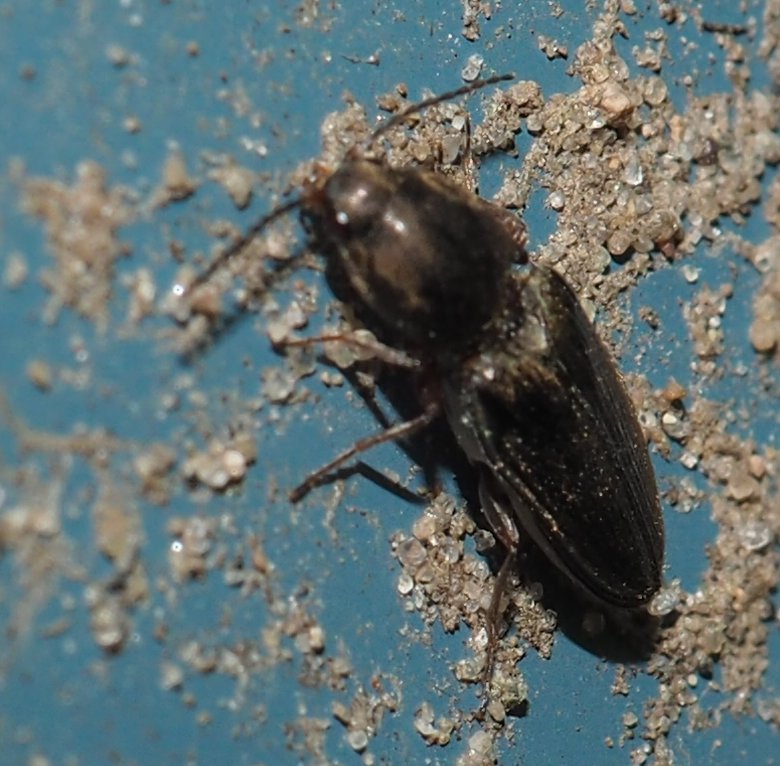
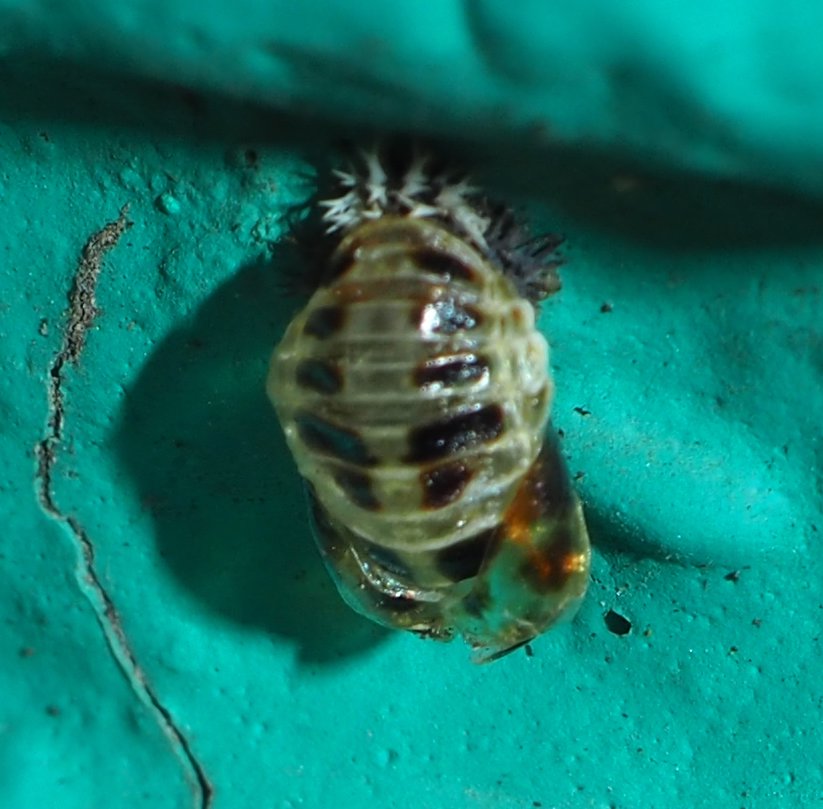
We are now having a number of metallic-looking tiny beetles. Here's one in orange, then one (not quite so shiny) in red. Then a larger one also in bright red.
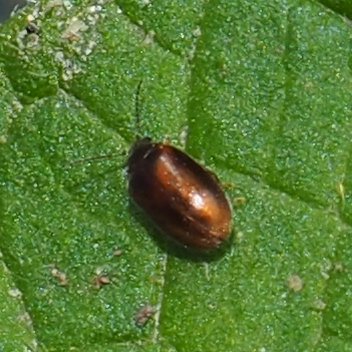
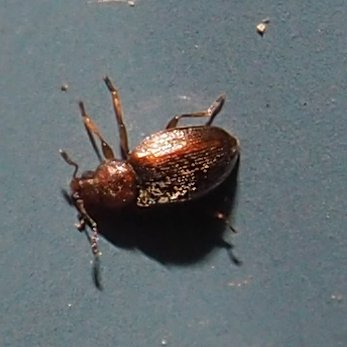
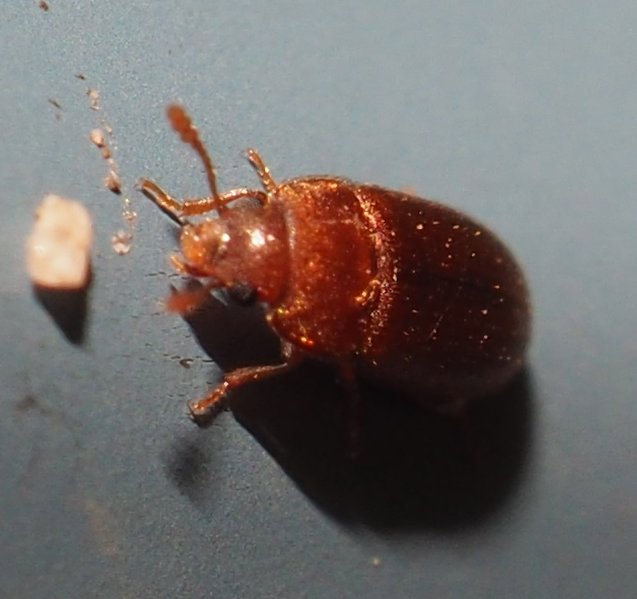
This beetle with the red vest is from genus Oulema. We also had them last year. The little shiny black beetle is almost invisible when you just look at them. And here's a couple of snouters.

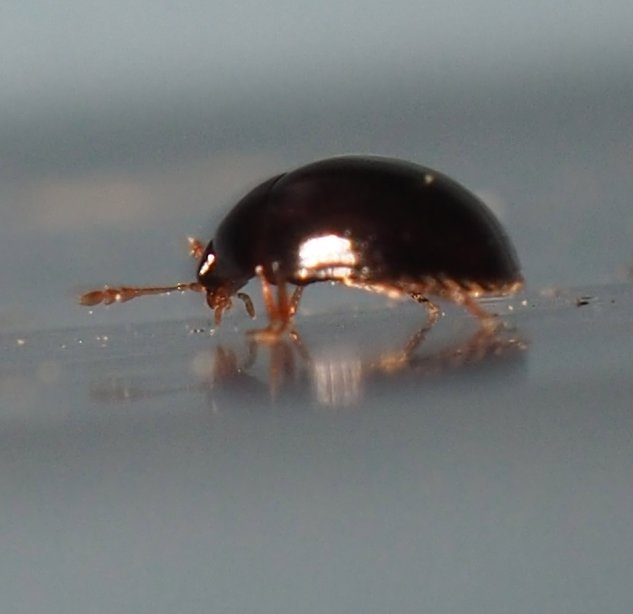
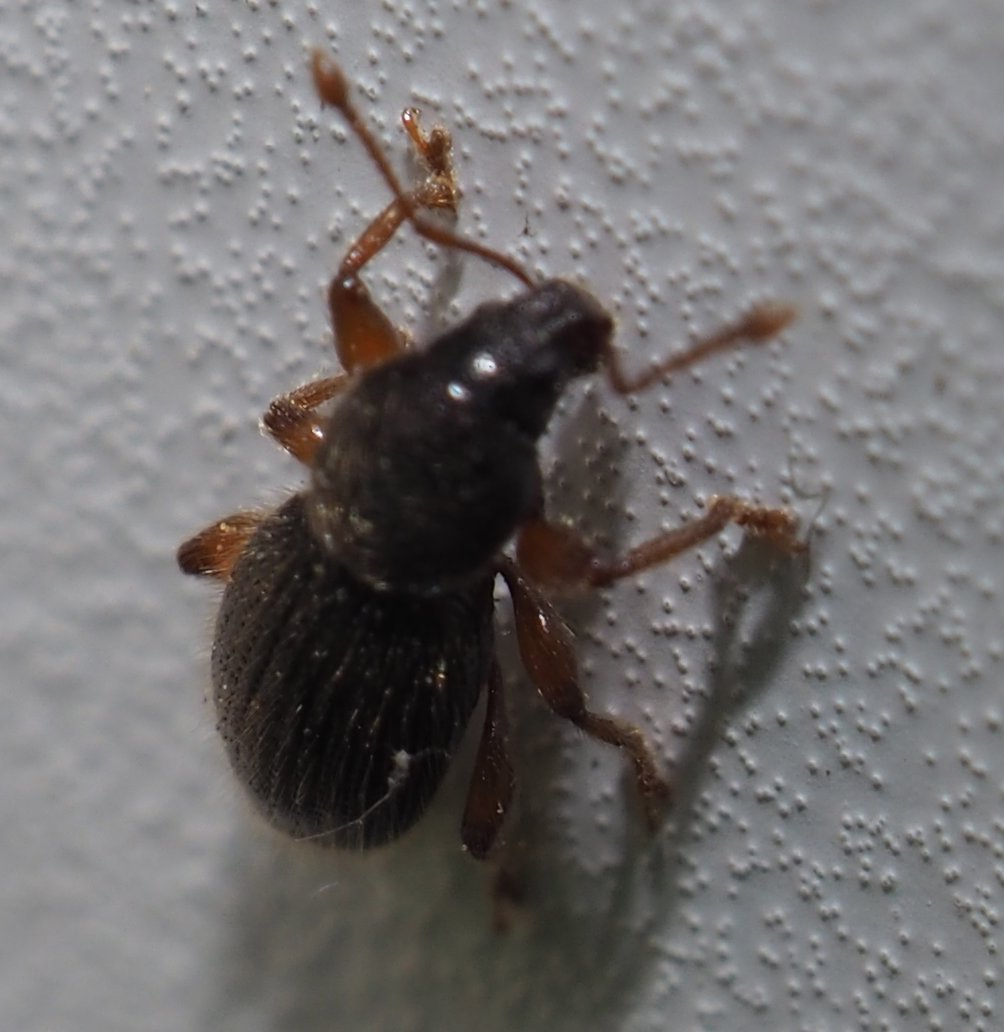
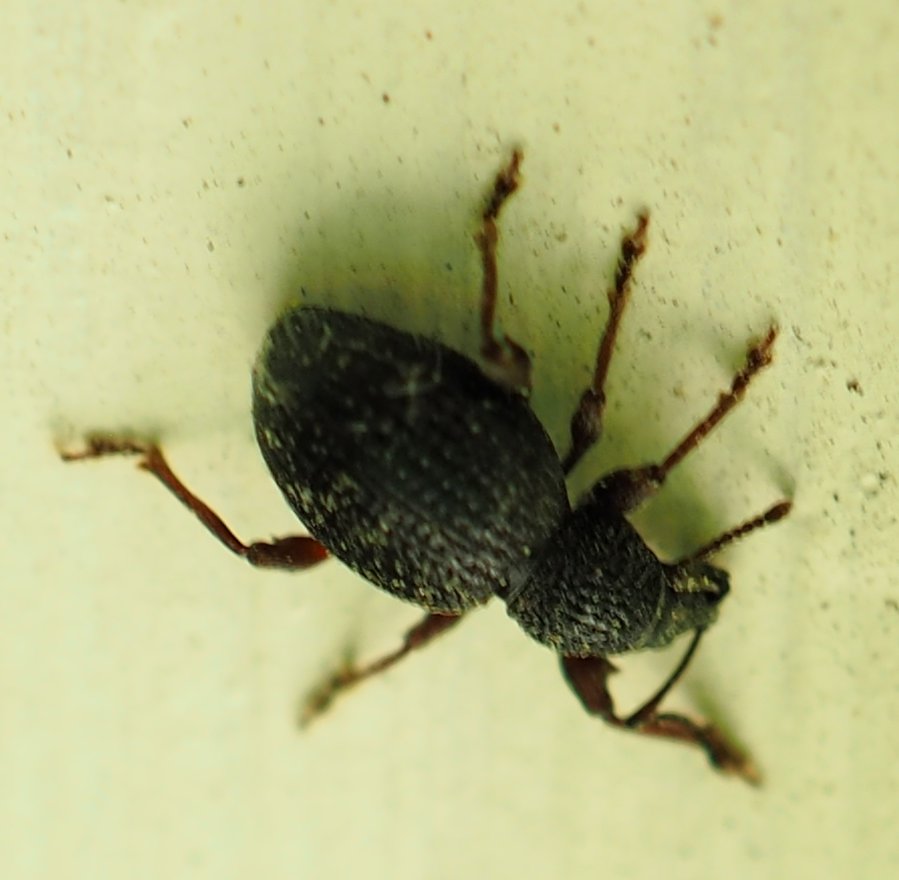
And we thought last week was Weevil Week down at the Home. Here are two different still unidentified weevils. The second two pictures are of a pair of tiny weevils that I must have found just after mating. The one still has a blob at his (I'm guessing) rear end, I need to ask a comrade at Inaturalist.org if my guess is right or I am just making it up.
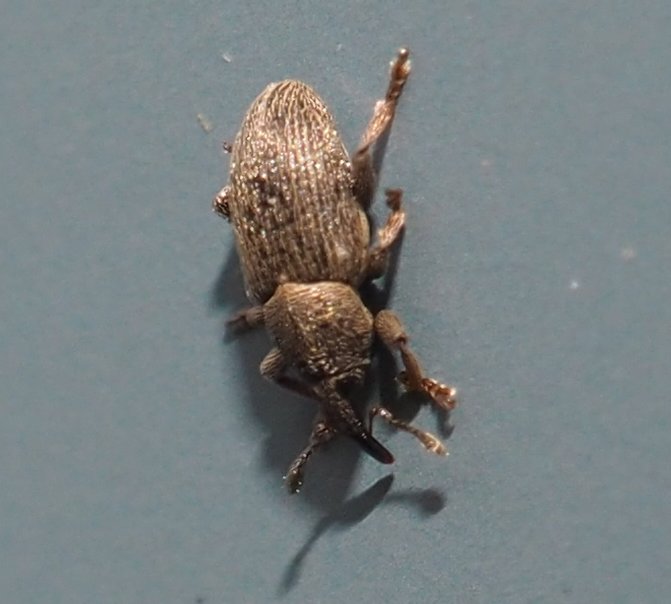
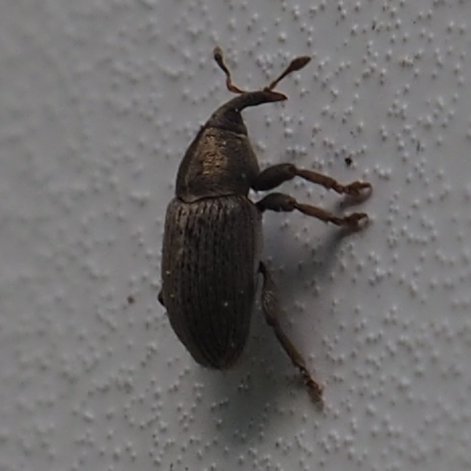
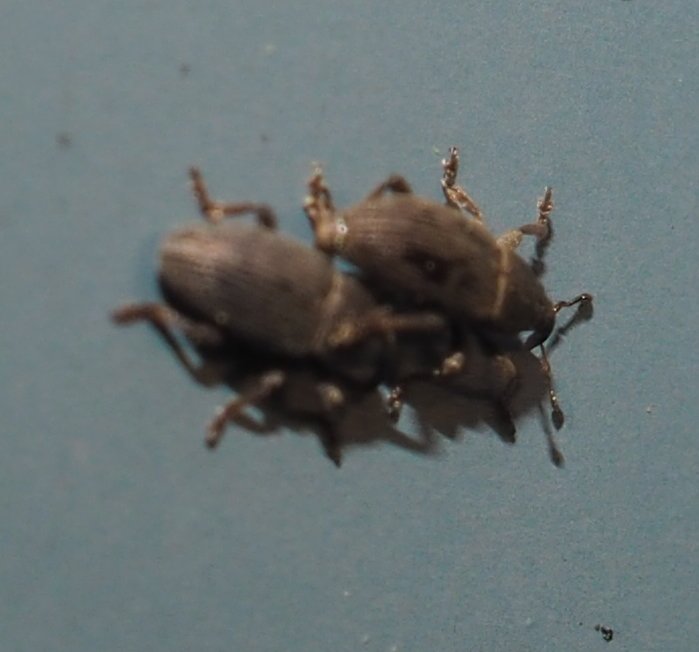

Here is a beetle that I thought was a 2-spot Soldier Beetle but is actually a Two-lined Leatherwing (Atalantycha bilineata). Here is also a larger beetle, Valgus hemipterus. Finally, a mystery beetle - or I thought at one time was a beetle. But doing what?
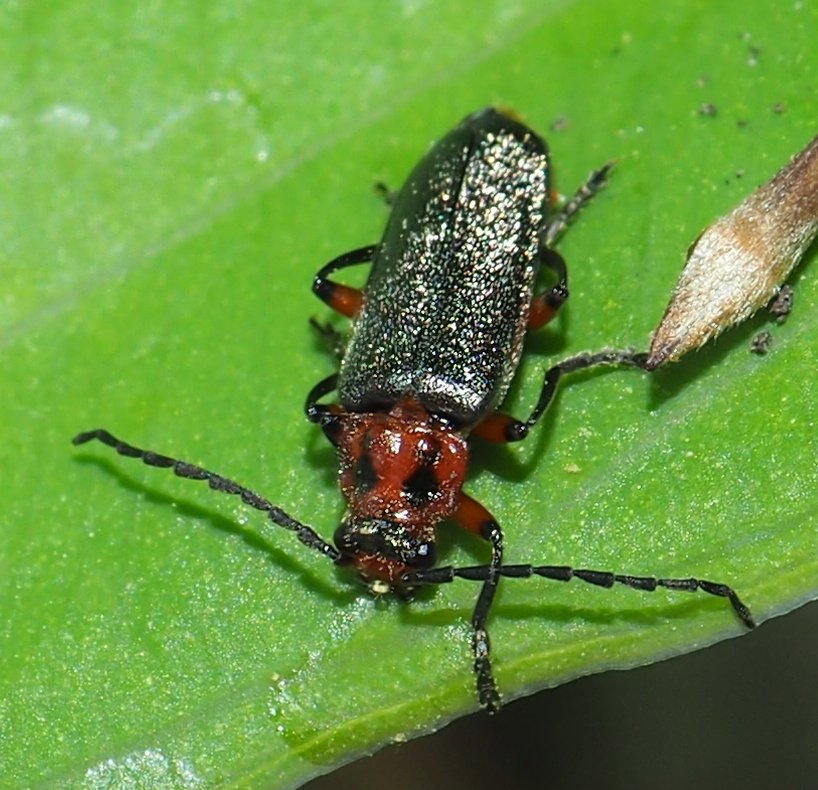
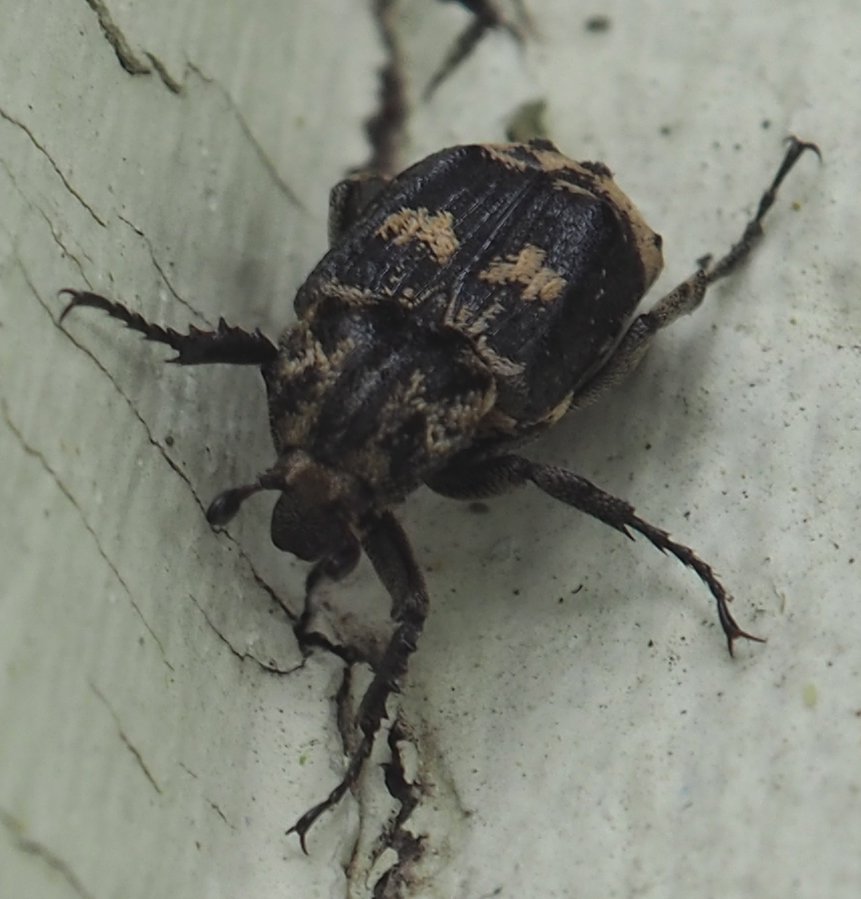
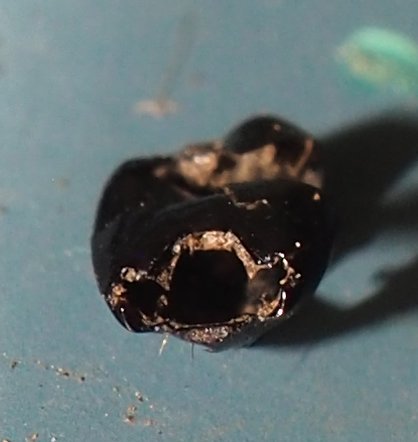
Bugs! No more beetles. Here are two nymphs of Assassin Bugs, one orange and one green. The latin species name "luridus" means "green" so what gives withe the orange? One of my comrades suggested they might be oranger right after a moult. I kind of like that. The big blackish one is a "Leaf-footed" Bug, and is in fact so large I shot the picture (with a macro lens, no less) from at least 6-8 feet away as it was high up on the shop wall.
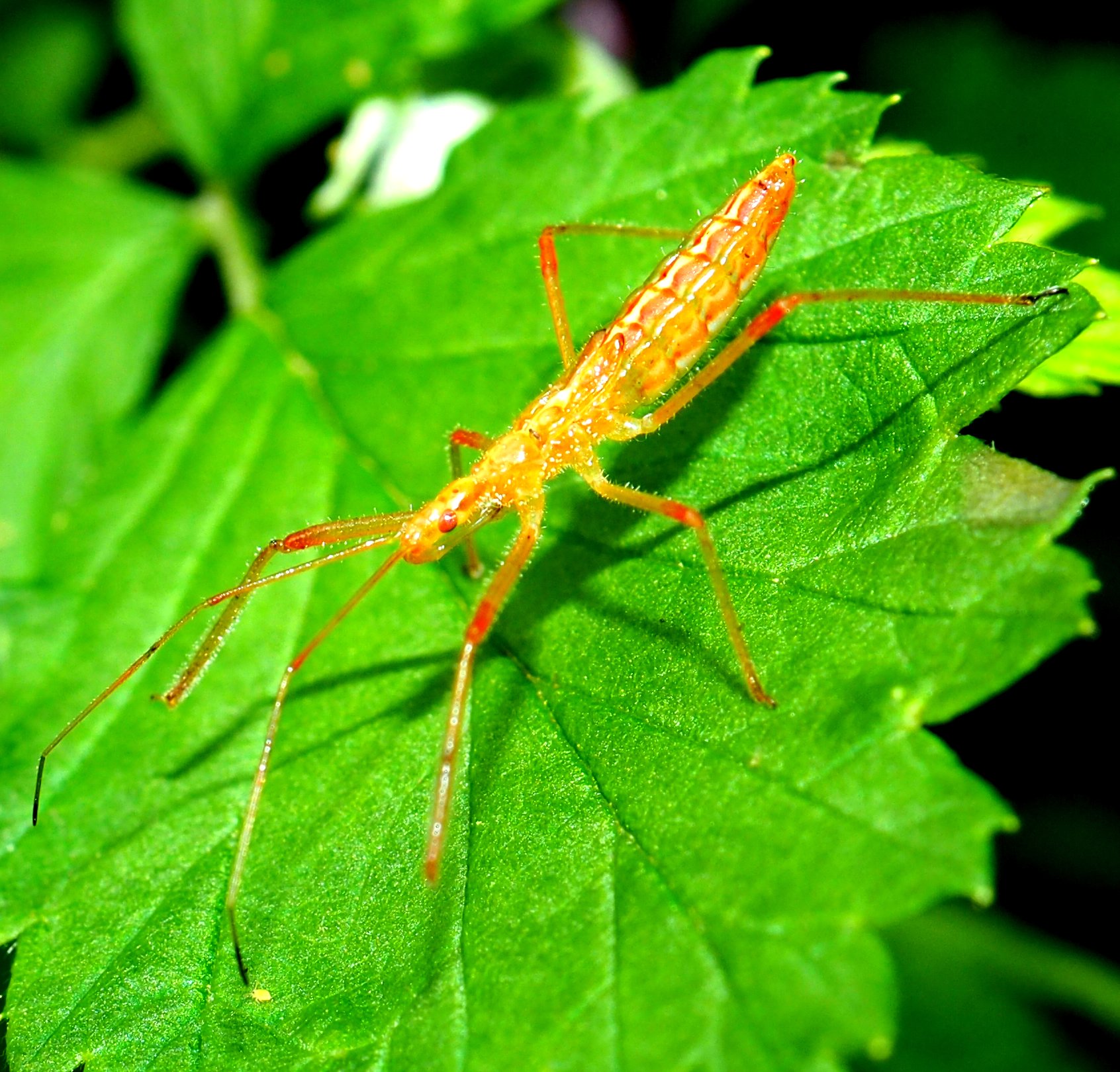
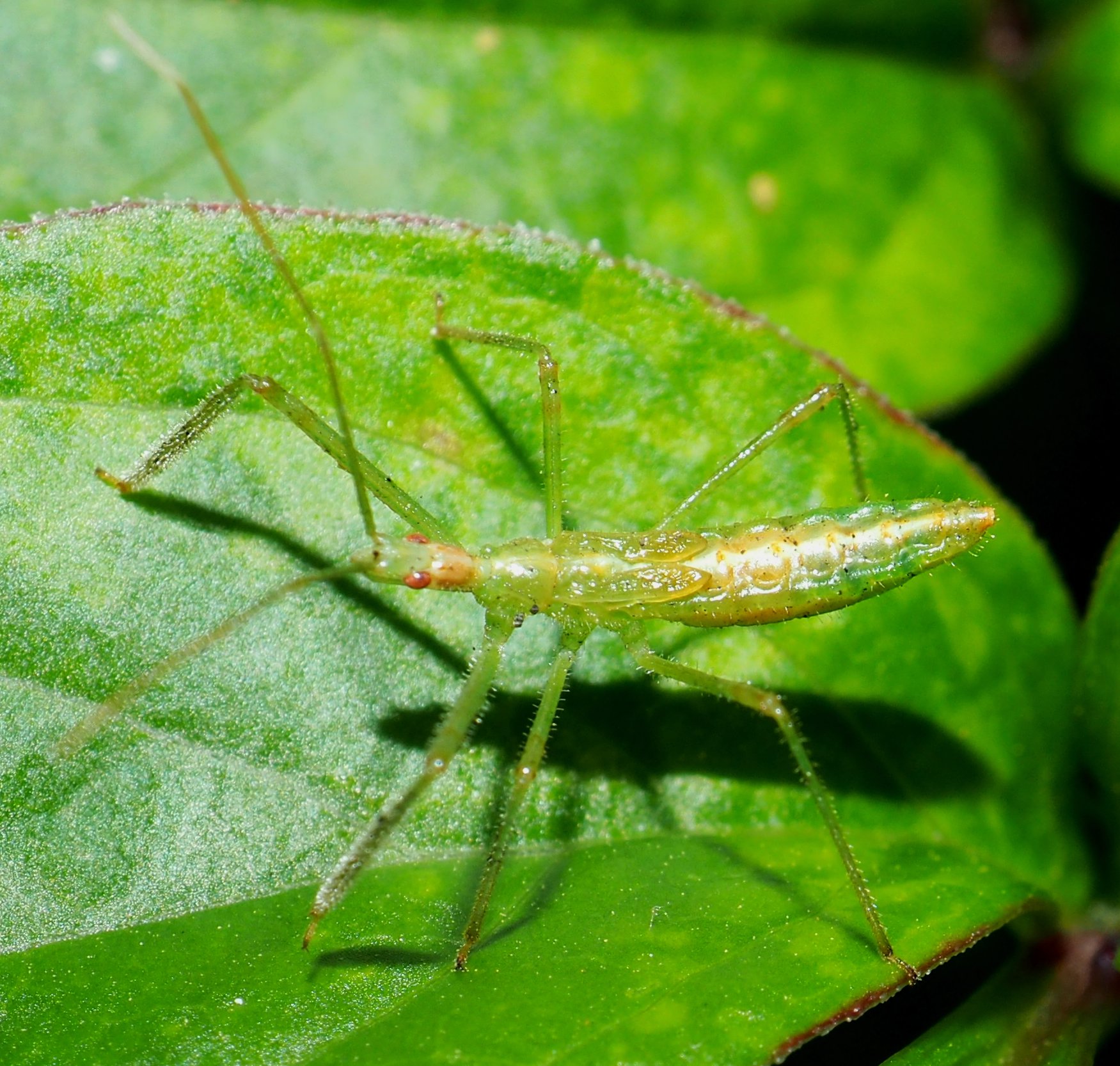

Hopper time! First a Leafhopper that is usually seen in red on white. Second is Agallia the four-spotted (for its 4-spotted headband), and third is a new one for me. It does seem related to the other red on white ones. The last one is a hopper, all right, but not a leafhopper, but a Planthopper, a Delphid Planthopper in fact. What seems preposterous is that this group of planthoppers seem to be adults in a nymph's body. I can't tell the difference after going through long pages of examples!
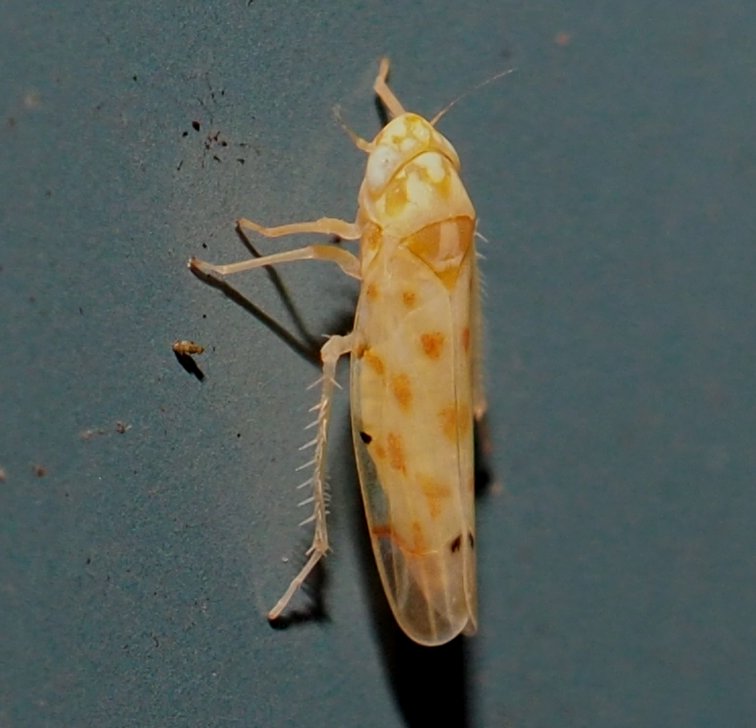
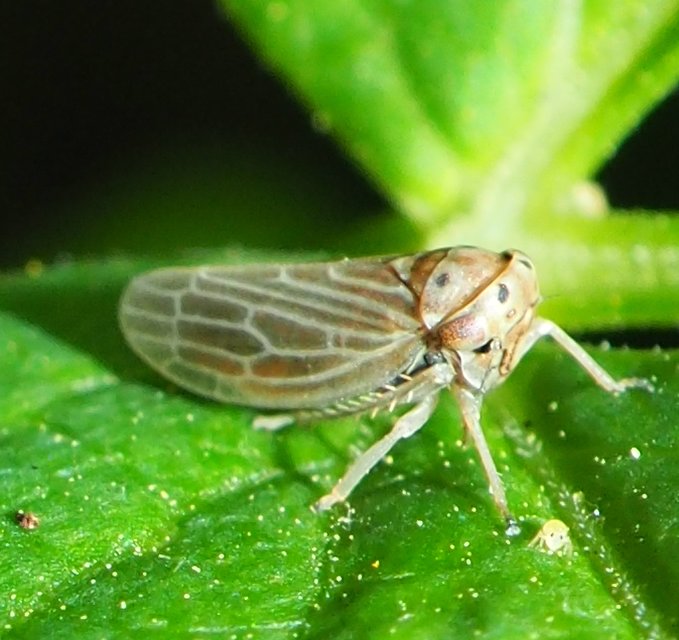
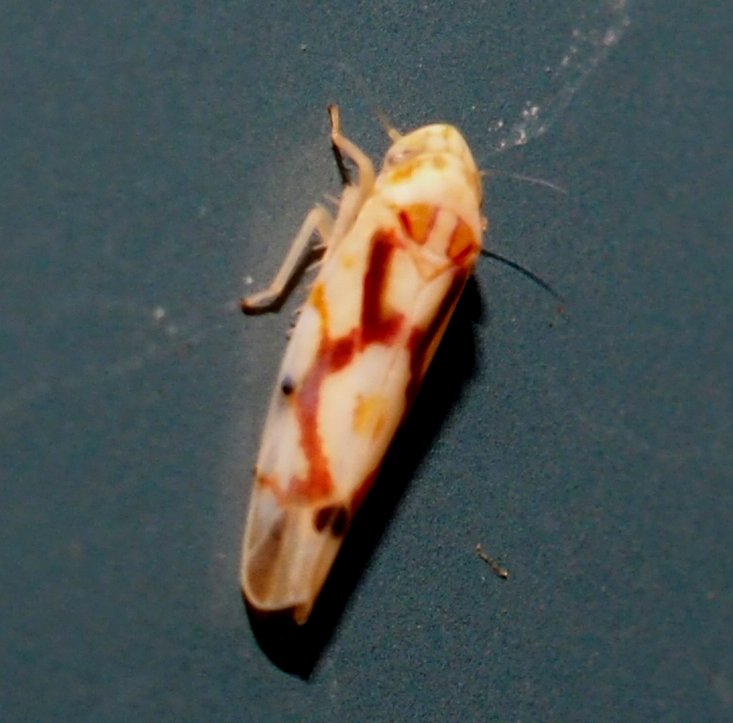
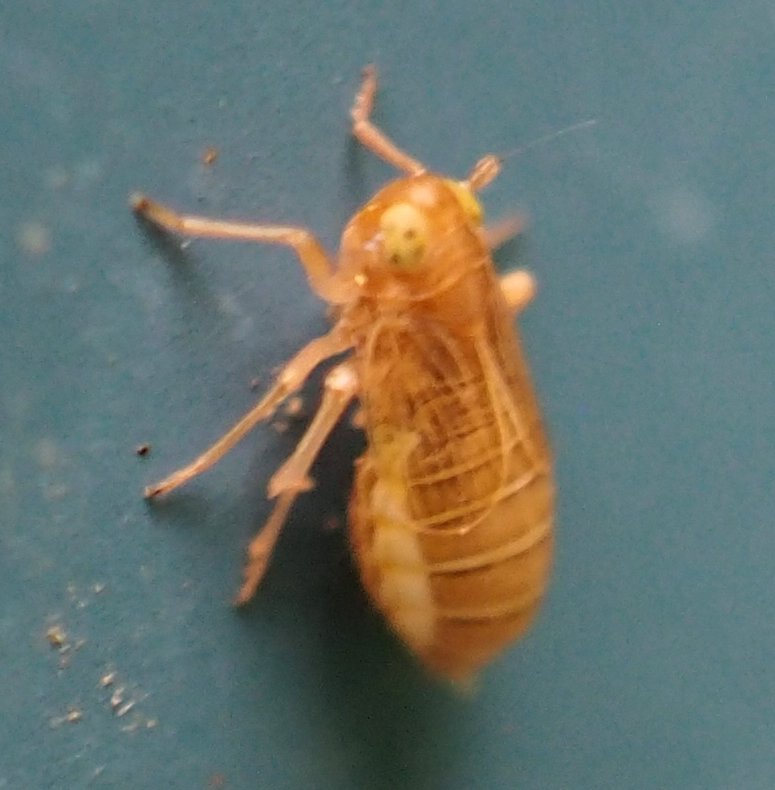
What is this lovely graceful bug or fly? We have had a number of Stilt Bugs about, but they are mainly vegetarians and so don't have a rostrum (what we delicately call the slurpy-maker), which the possessors use to suck the good stuff out of their (usually insect) prey. This critter seems to have a rostrum, and so I'm voting for some kind of crane fly (Nobody answers my question, do Crane flies have rostra?). The second picture shows what I think is a rostrum carried under the chin and straight under the body. I'll skip a couple of stink bugs to show you the caddisfly, which is mostly aquatic as a nymph, and gather near lights in great quantities.
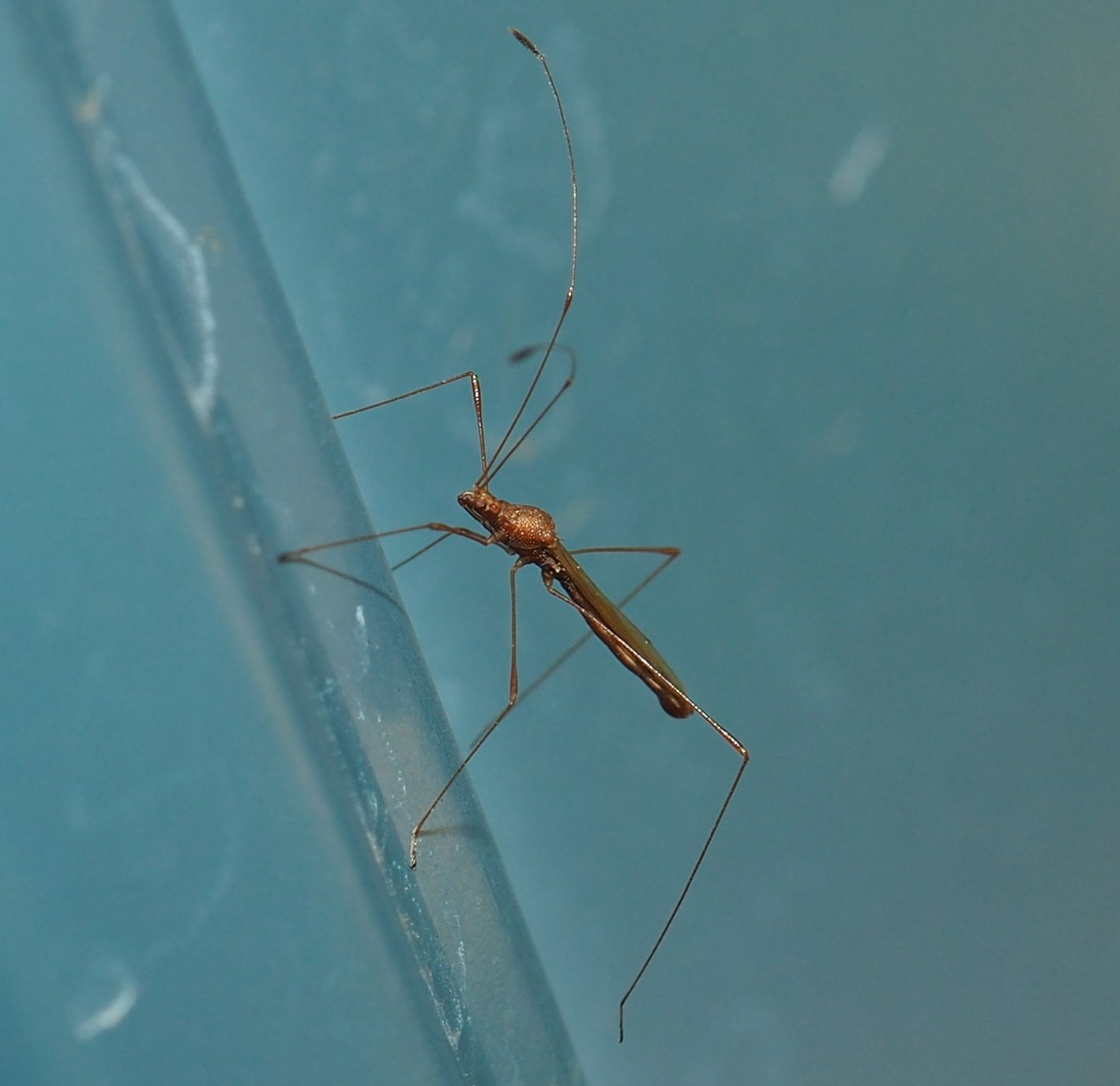
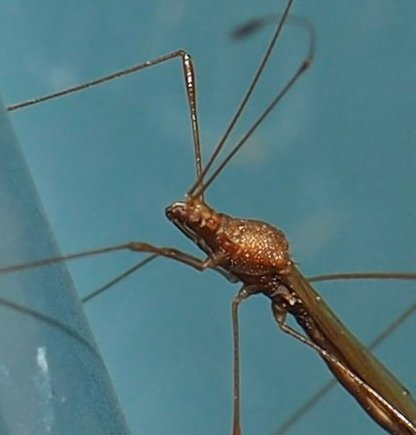
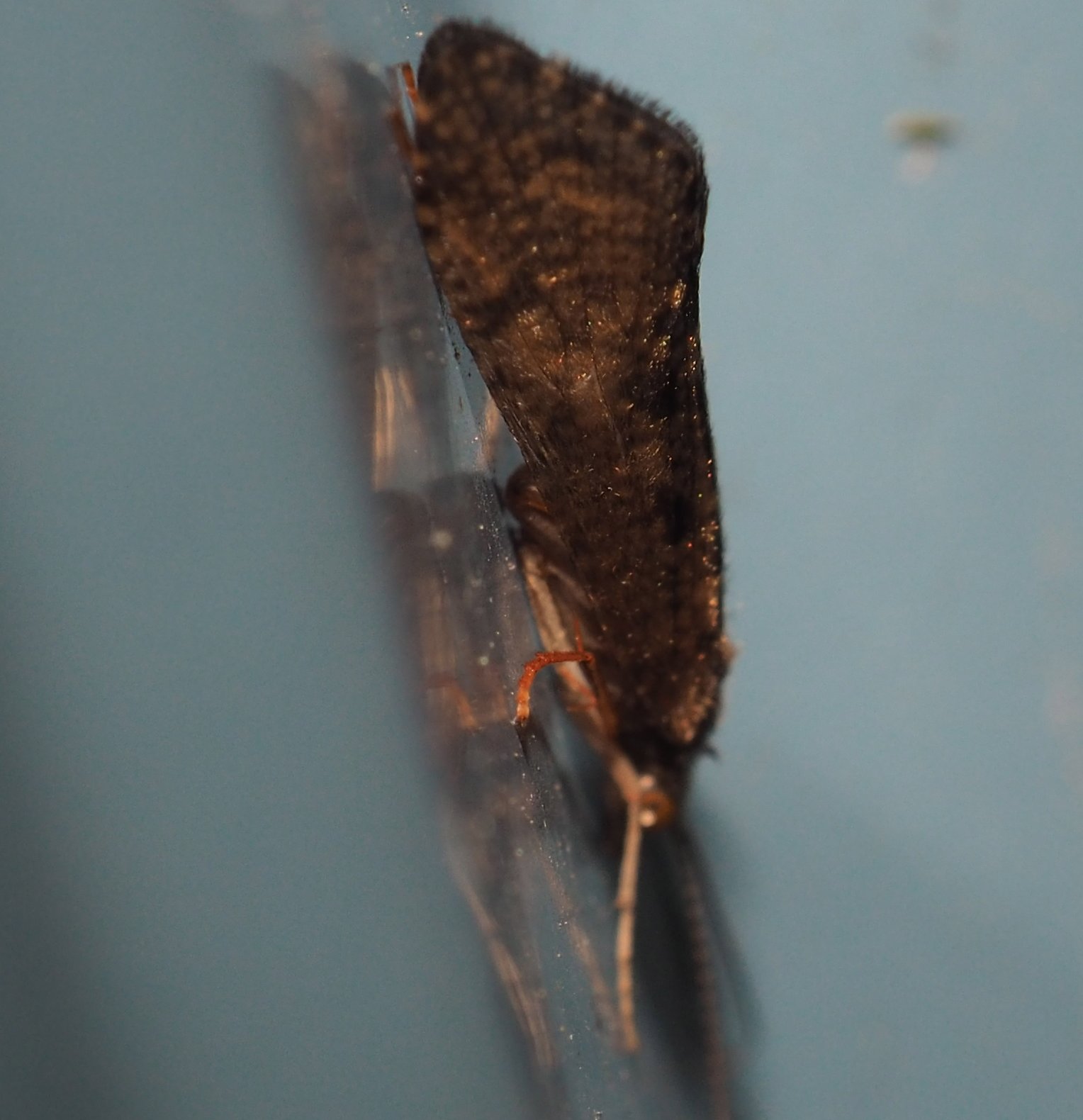
Here are the fishes swimming among the tadpoles to catch the little light-colored flakes that I give them. They suddenly remember me as the old lady who tosses them fish flakes (guess what they are made of, by the way) if they come when she calls. Third is some kind of air-borne flower or other plant decoration that looks like a lovely winged creature. Nope. But it fooled me.
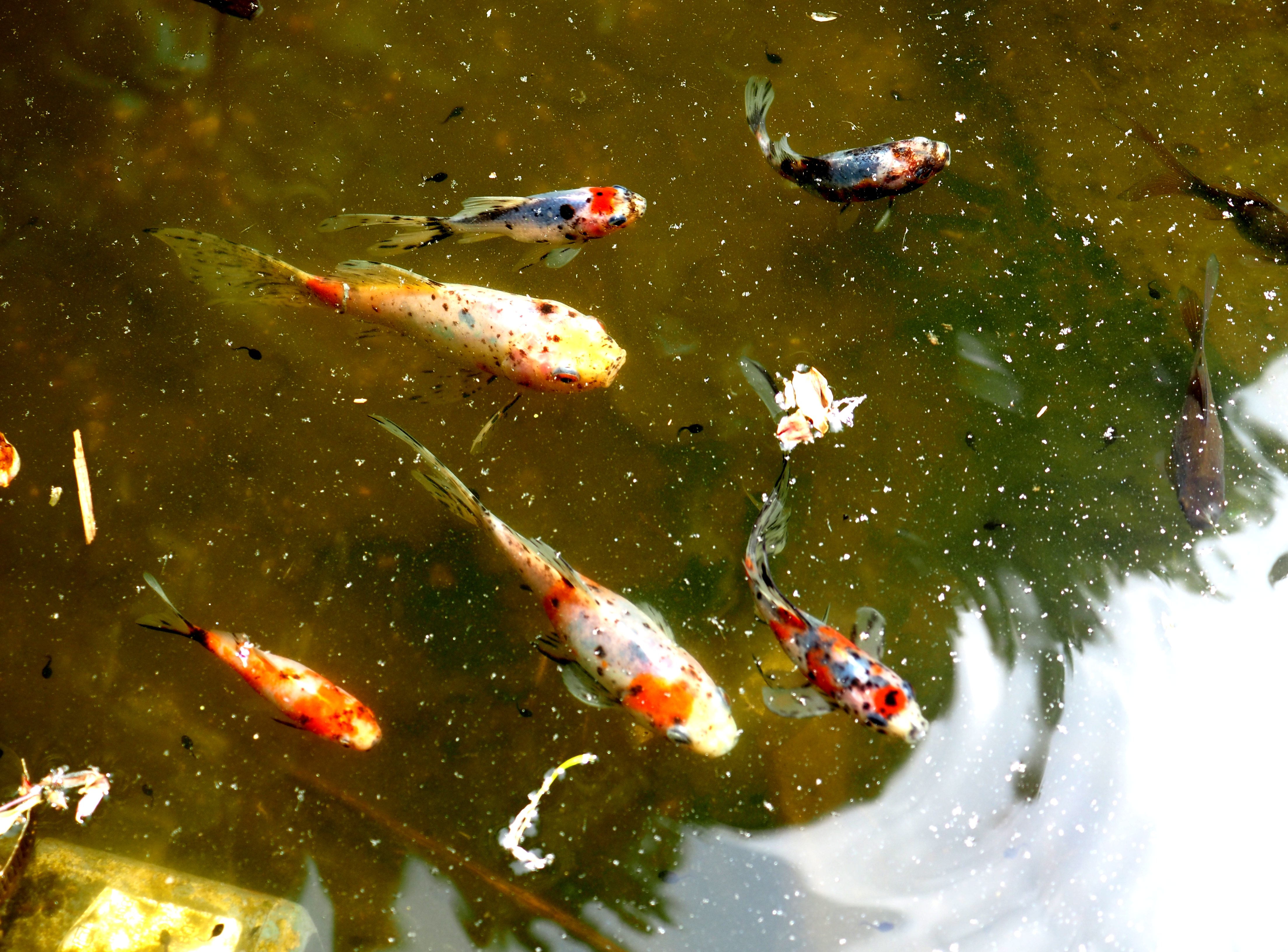

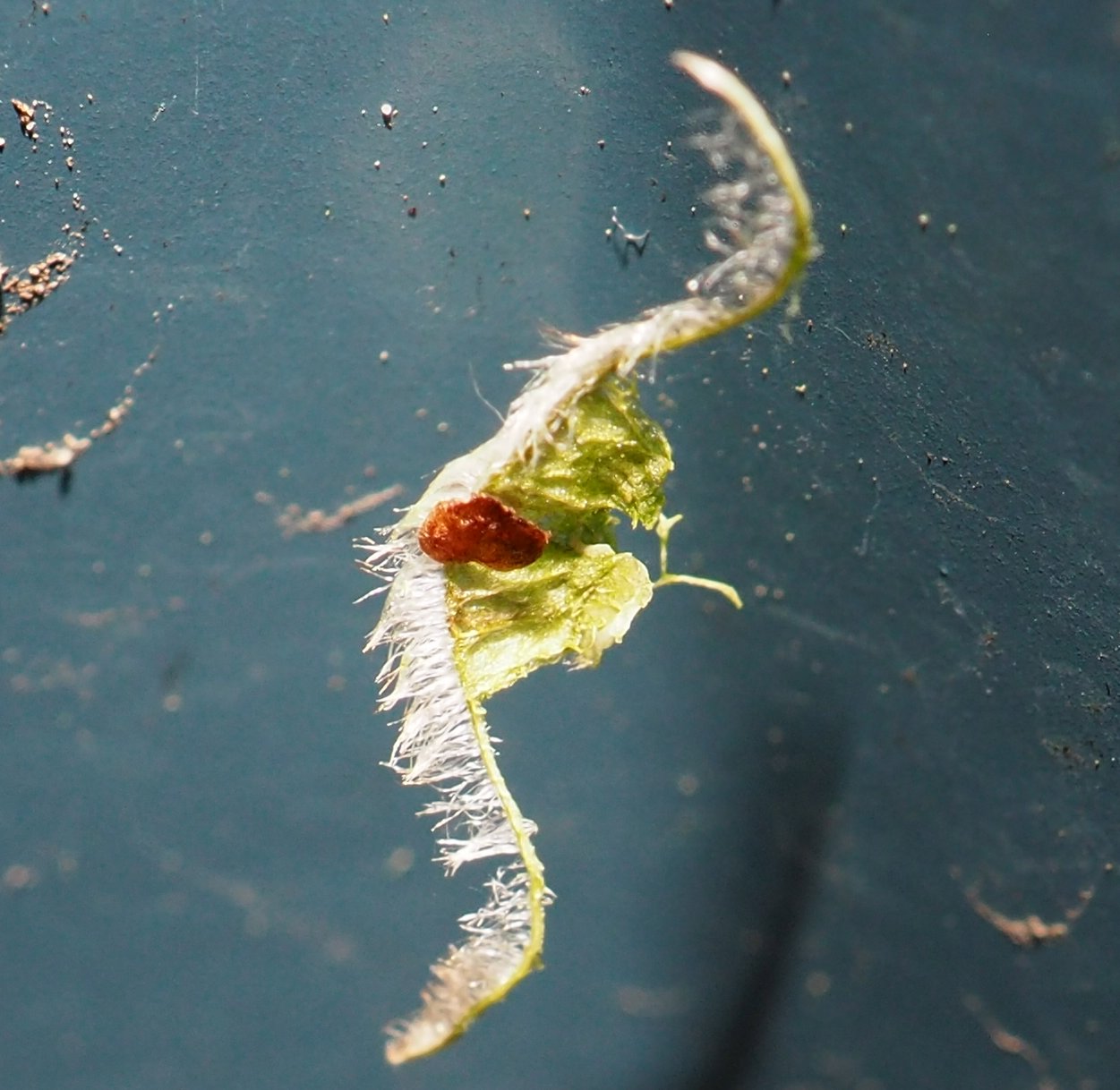
Flies are us. Here is one about a millimeter long. (3 mm is about 1/8 inch.) Then a male and a female March fly, just showing up now in May. The male isn't too easily startled but the female won't won't hold still for her portraiteuse.
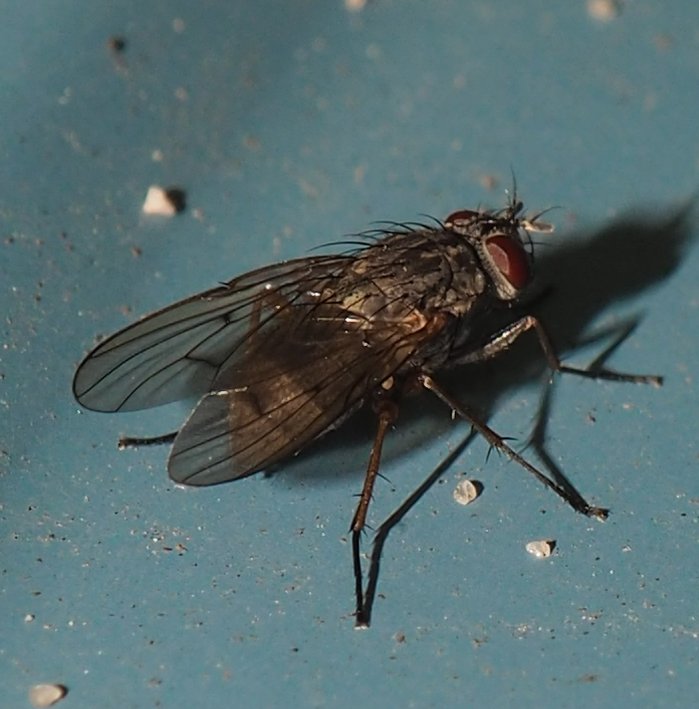
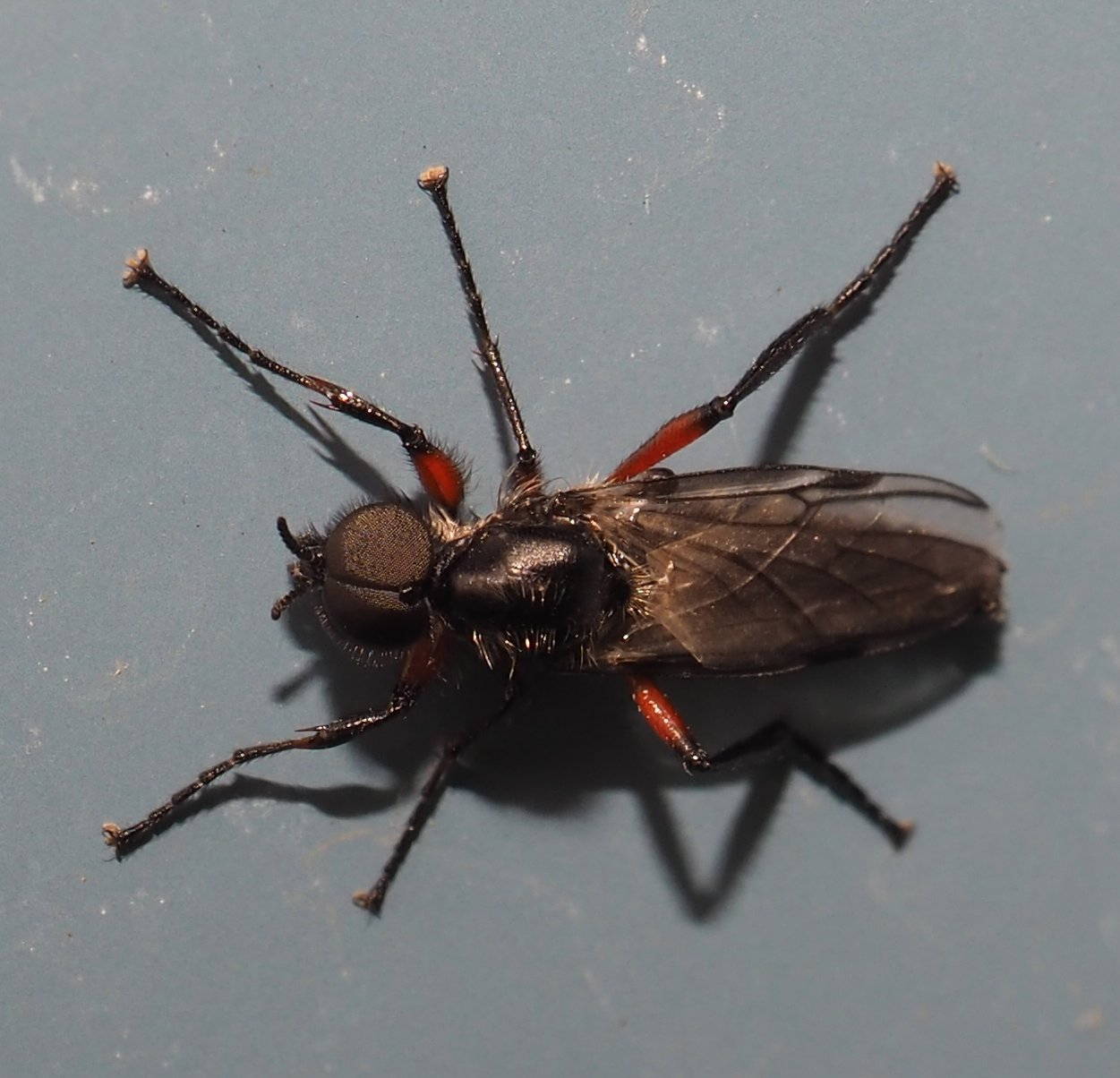
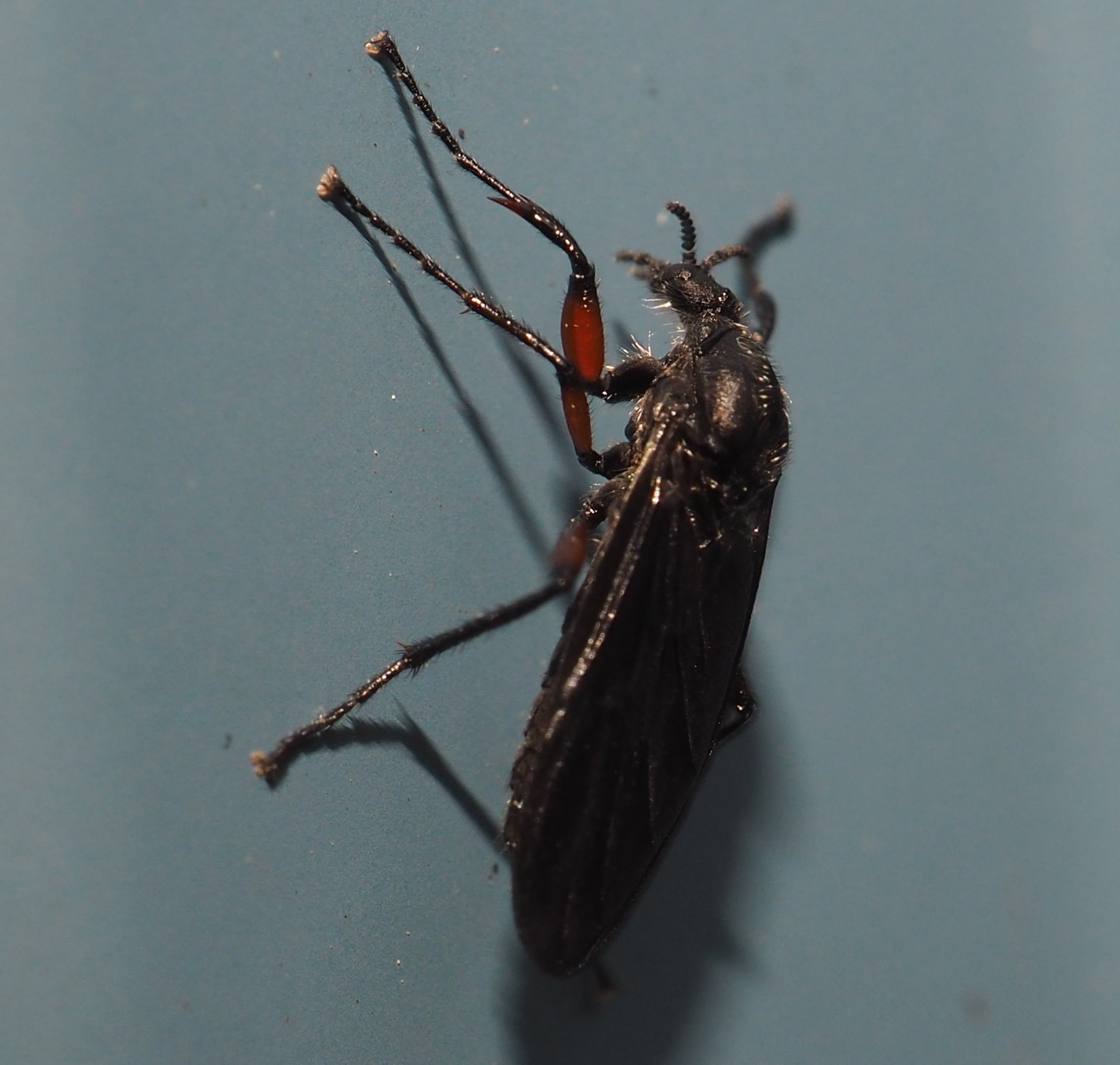
Do you remember just a month or two ago when all the flies were those little tiny ones or midges or fungus gnats? Well, this time I'm going to have to leave out a batch of them to get you the prettiest or most important ones (imho again). This crane fly looks a bit shabby but here you can see some orange on the body. Next is probably a midge, not just because they seem so very susceptible to the little red parasitic mites. This brilliant thing is a gall midge?
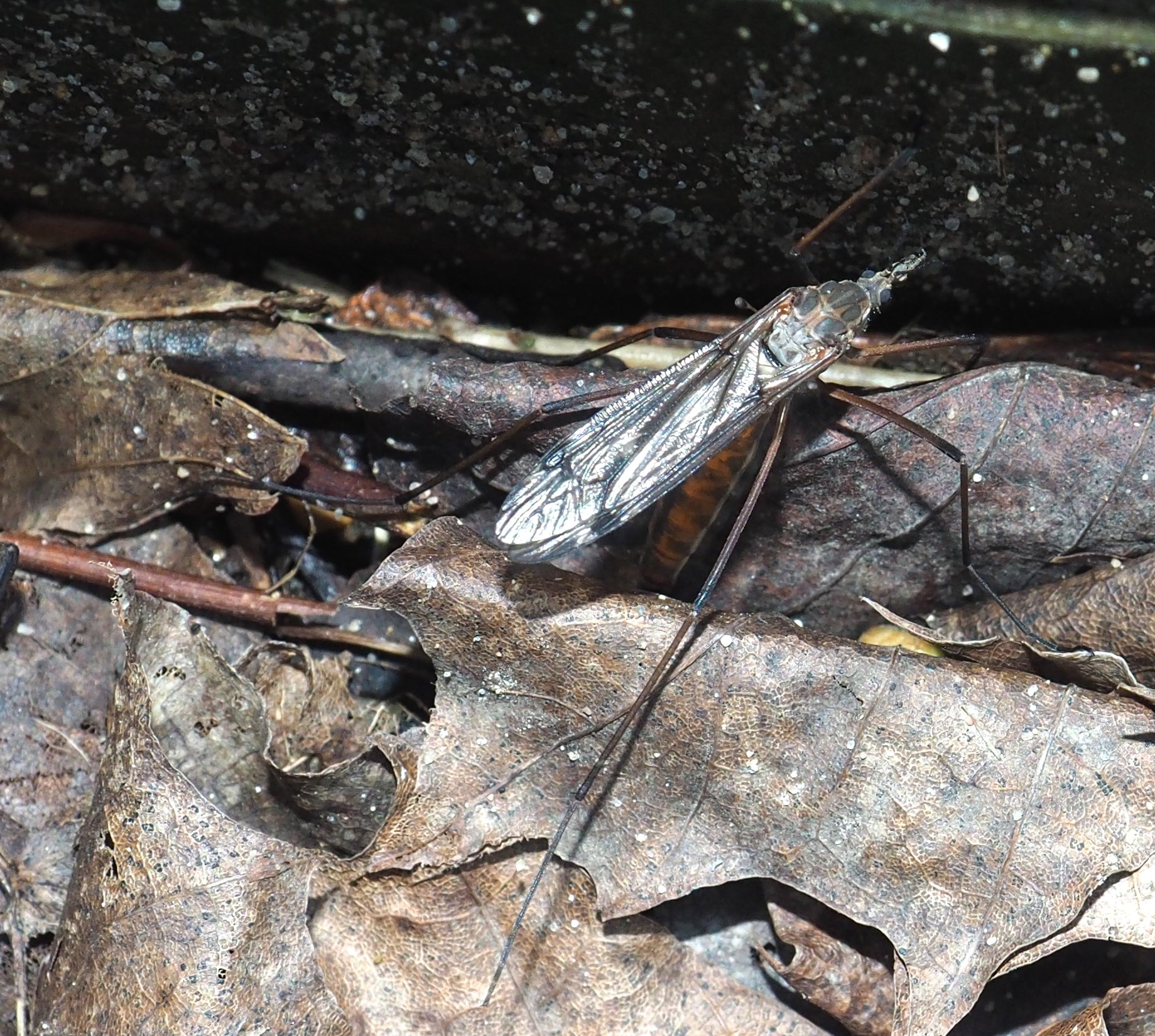
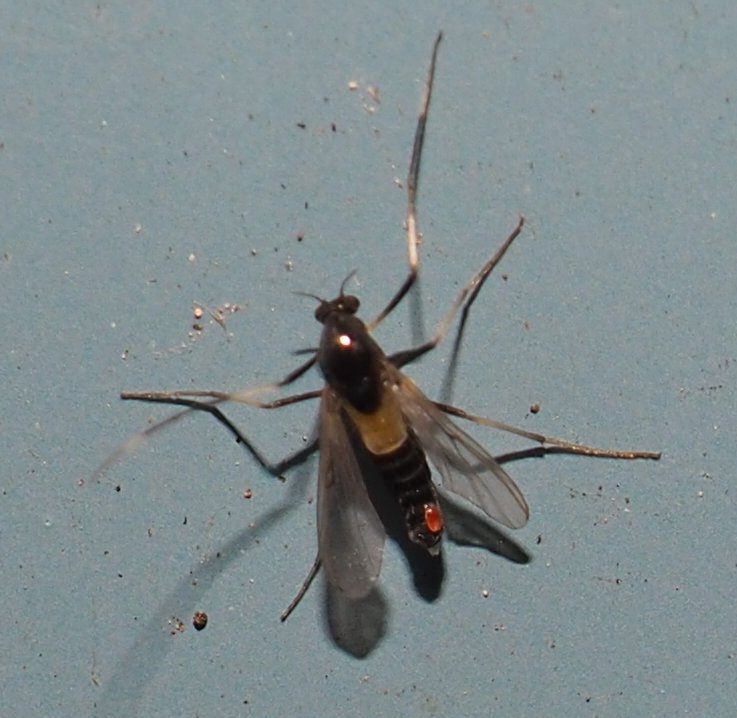
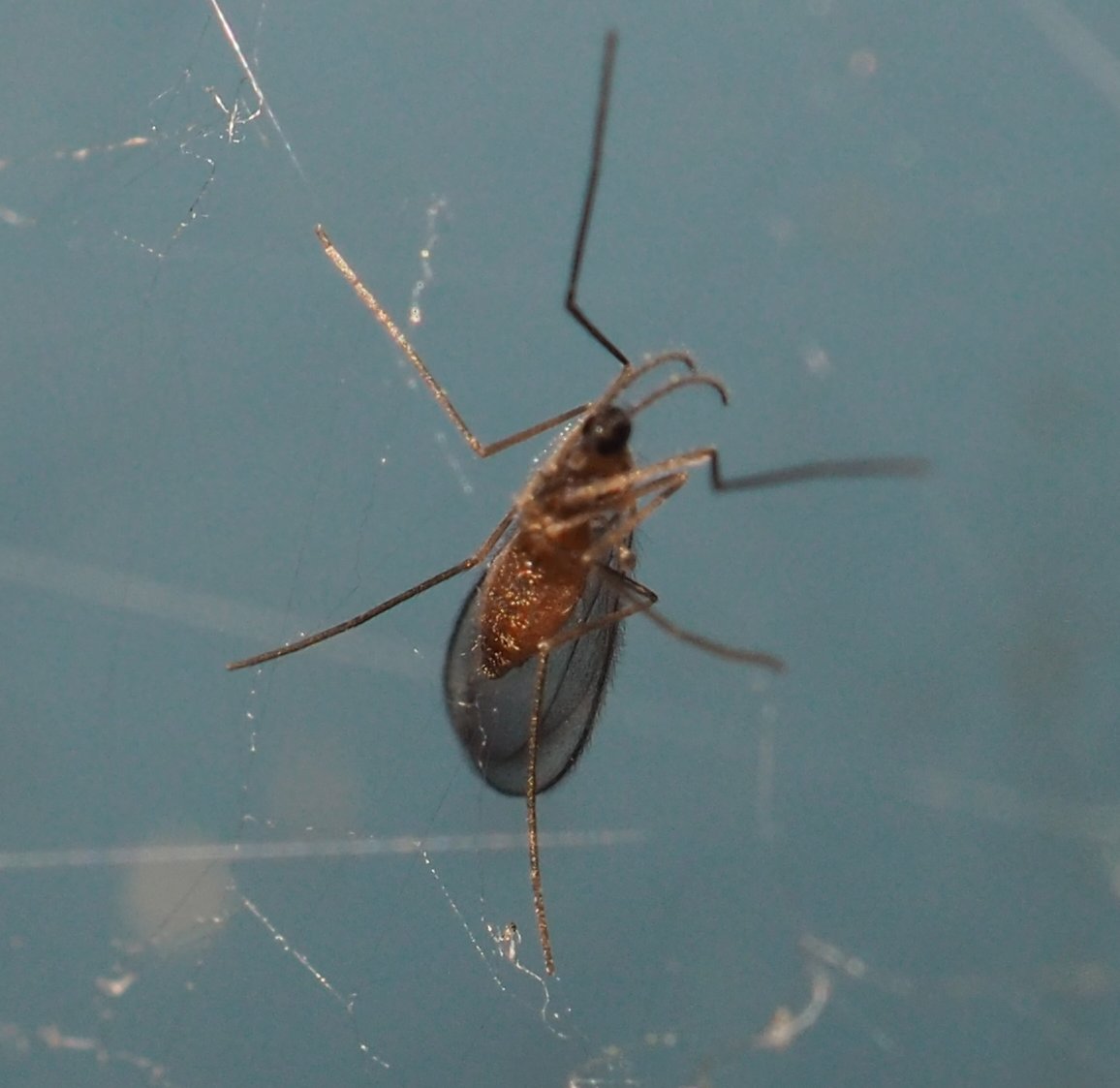
A beautiful green bottle fly, and two chironomid midges.
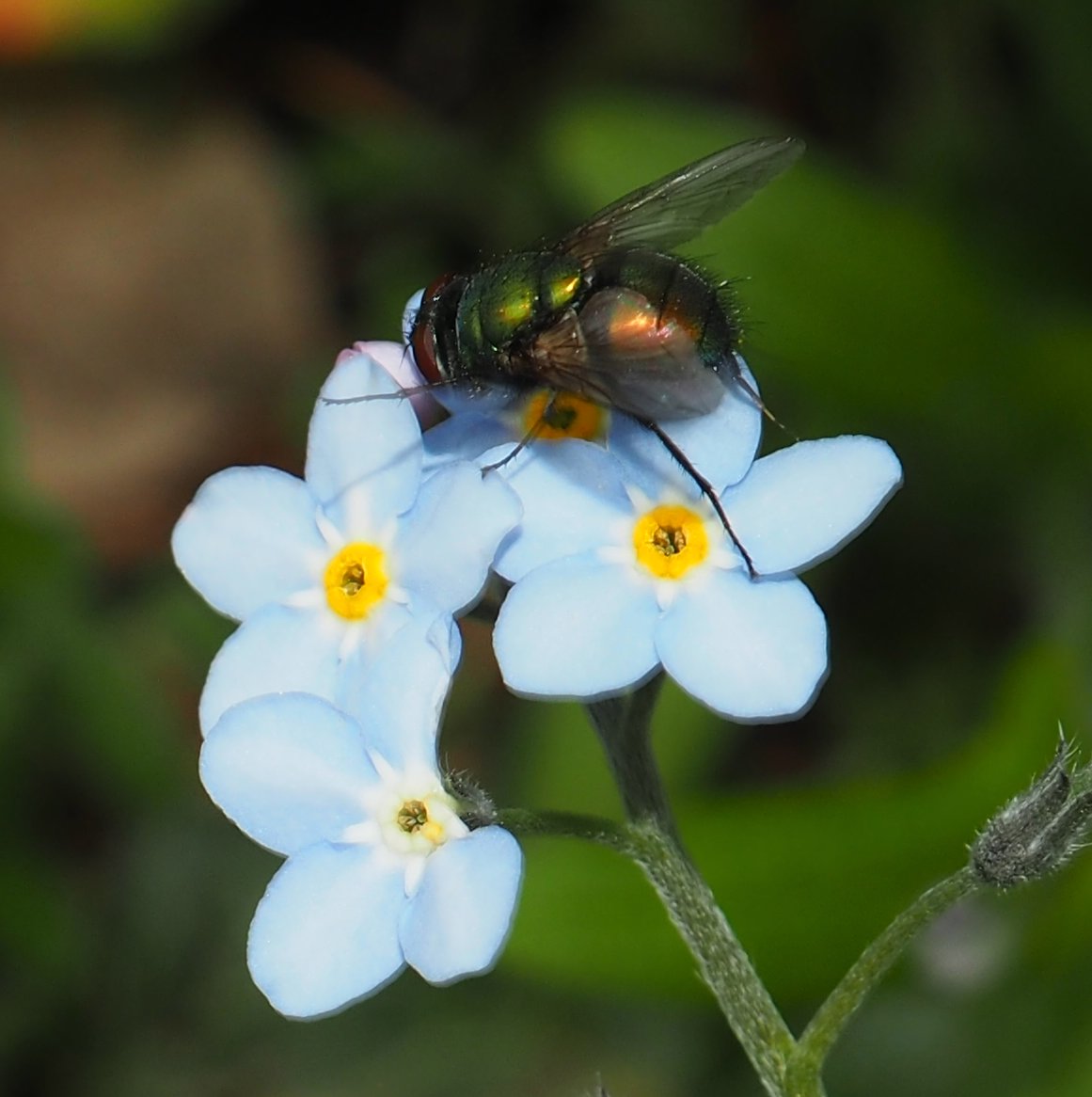
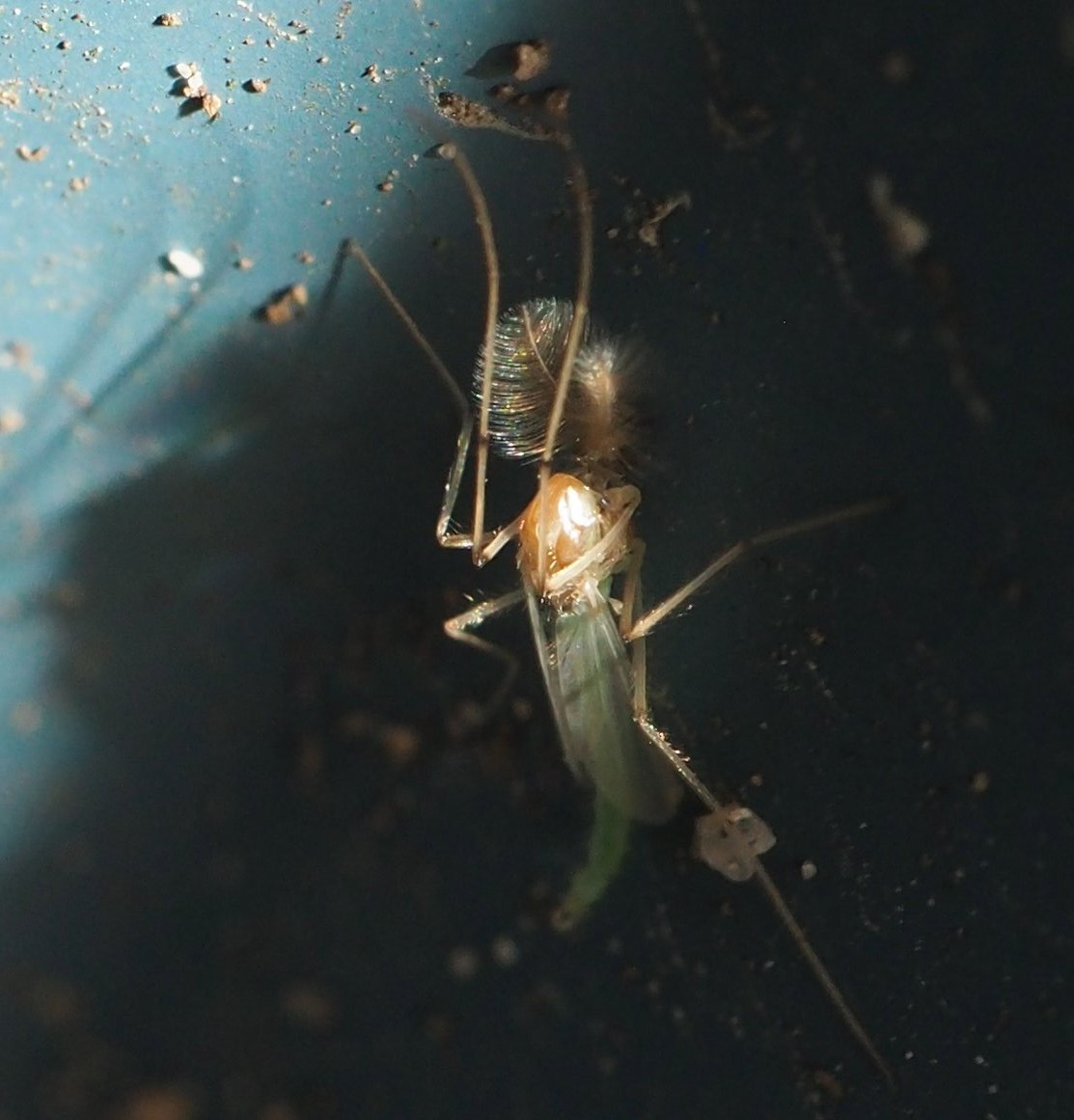
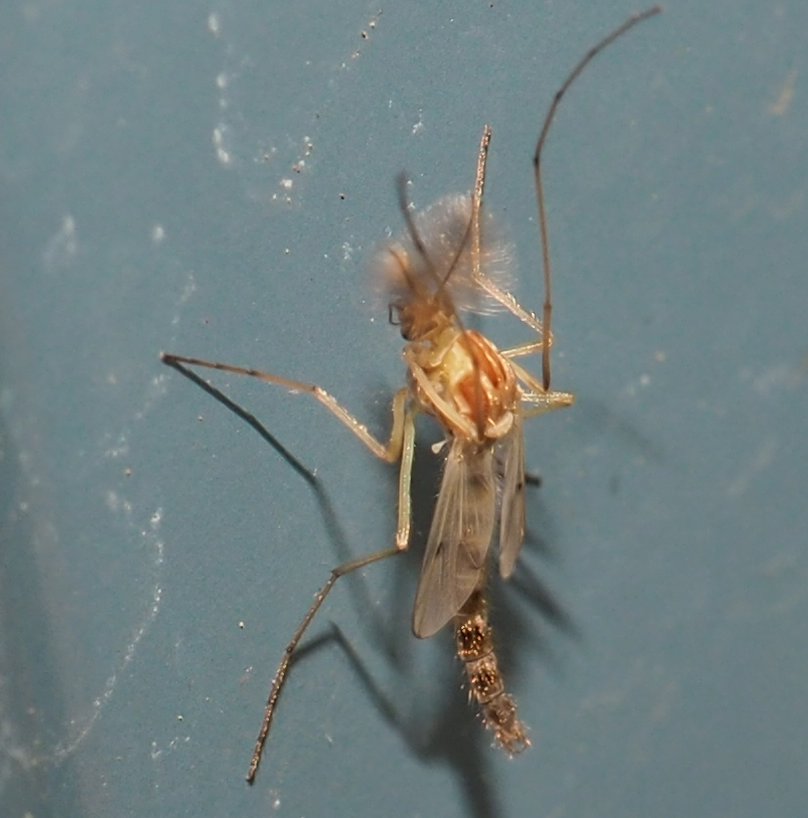
A moth fly (A fly that mimics a moth, rather handsomely I must say). A beautifully haunting red-eyed fly that I didn't even see as I took its picture! Oh - it seems to have those two huge multifaceted eyes and two smaller single-focus eyes - you can see the smaller one as if peeping out from under a helmet! And a black-bodied fly with khaki wings.
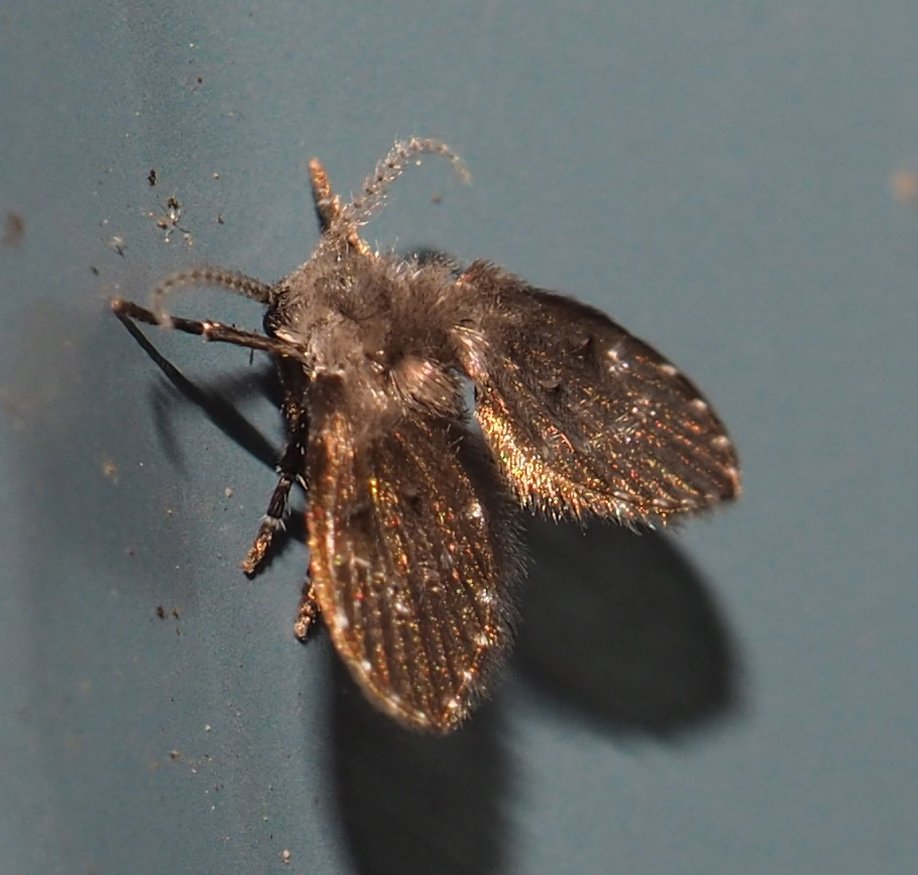
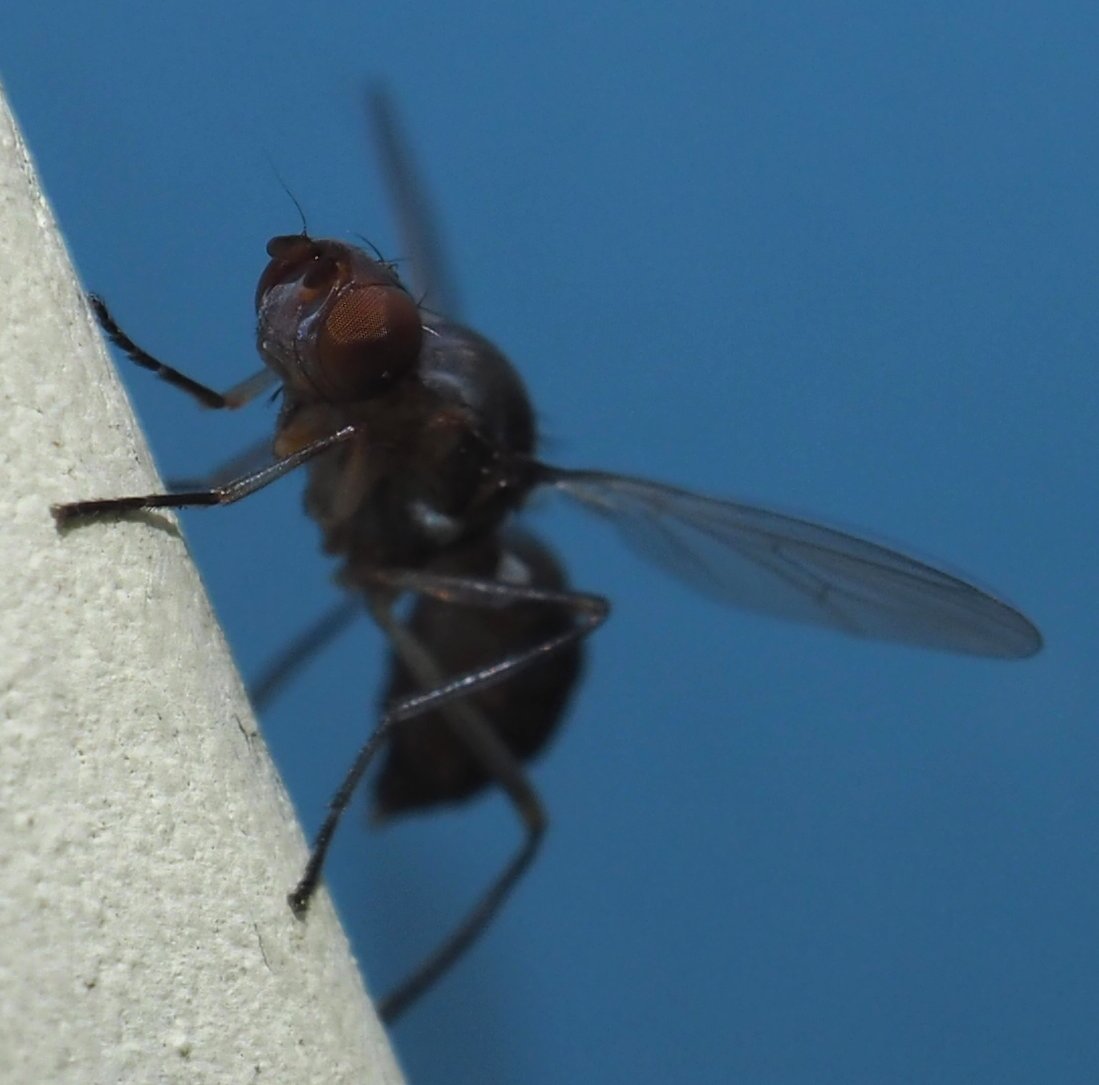
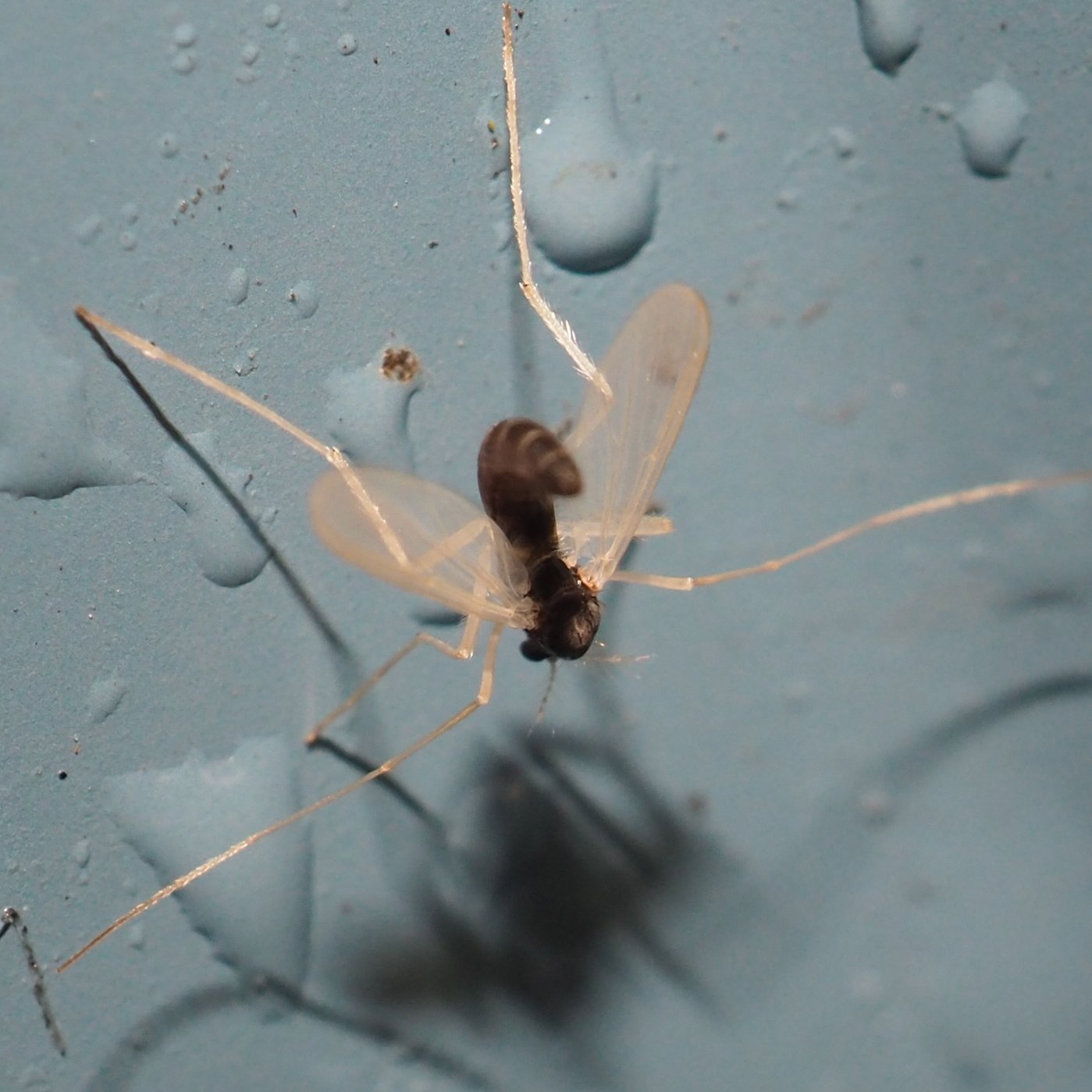
One of the tiny flies but what smooth wings! The next is a Root-maggot fly, which I promise not to ponder if you do. One of the most common flies around here. Here is a very small but bright fly, the Torch Fly as I recall. The fourth and last fly of the week is called a Vinegar Fly.
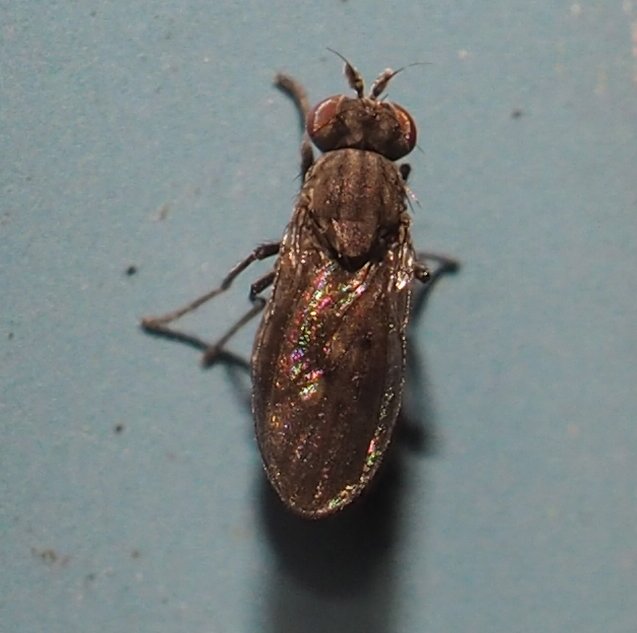
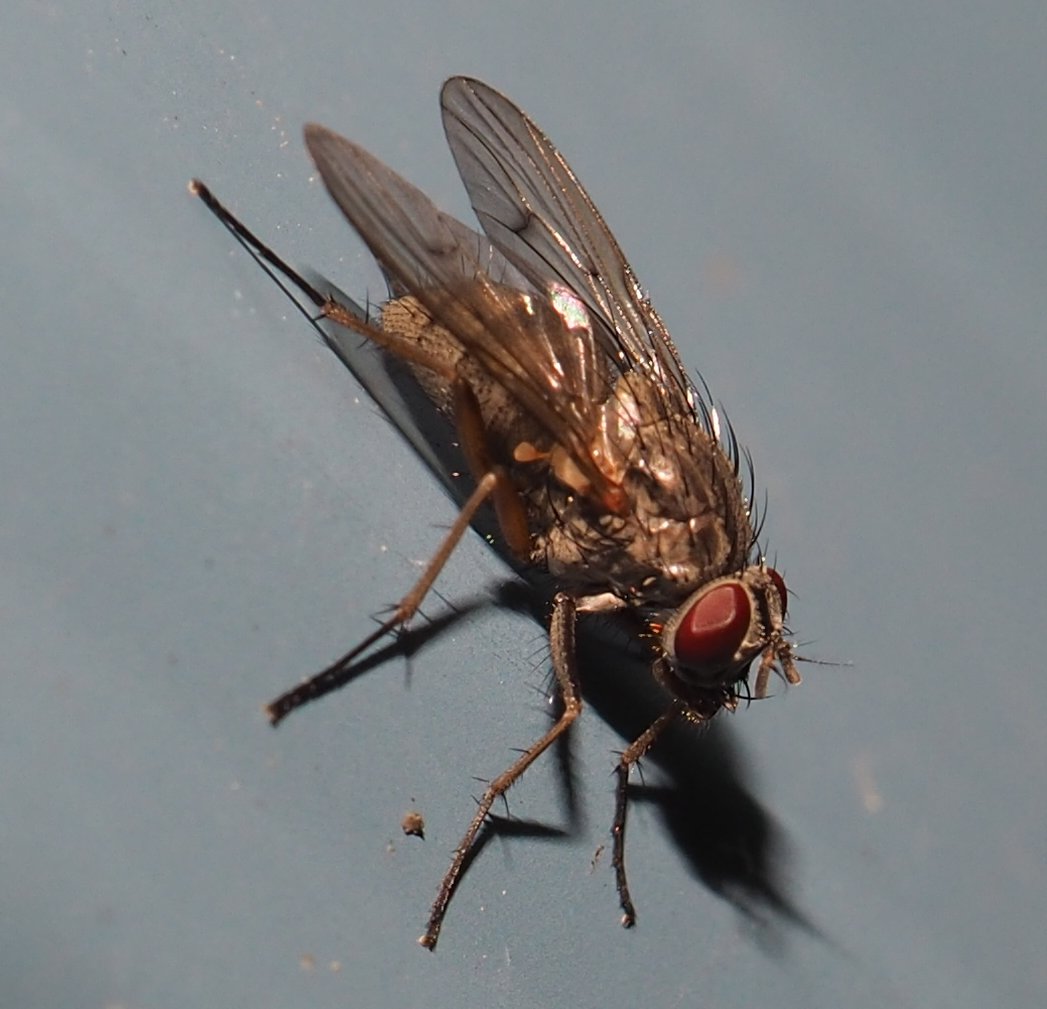

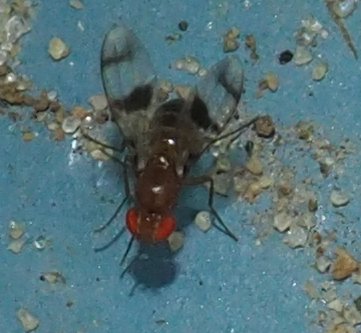
A wild geranium, a true geranium. (Remember the fancy things we call geraniums have another name, Pelargonia.) Anyway, they come in small groupings, just perfect for composing a nice simple picture. I caught the wild grape buds just in time. In a week or two, some wild creature of the forest will completely devour them. No wild grapes for me to make dye with! (Aside: after typing that last bit, my guilt factor kicked in and I went out back (the motion-sensor light helped) and found the two little bud clusters I'd seen by day and put little plastic covers over them and tied them on with rubber bands. And now a picture of something whose component blooms all fell to the ground or are now floating on the pond - a spray of redbud, another of my favorite habitats.
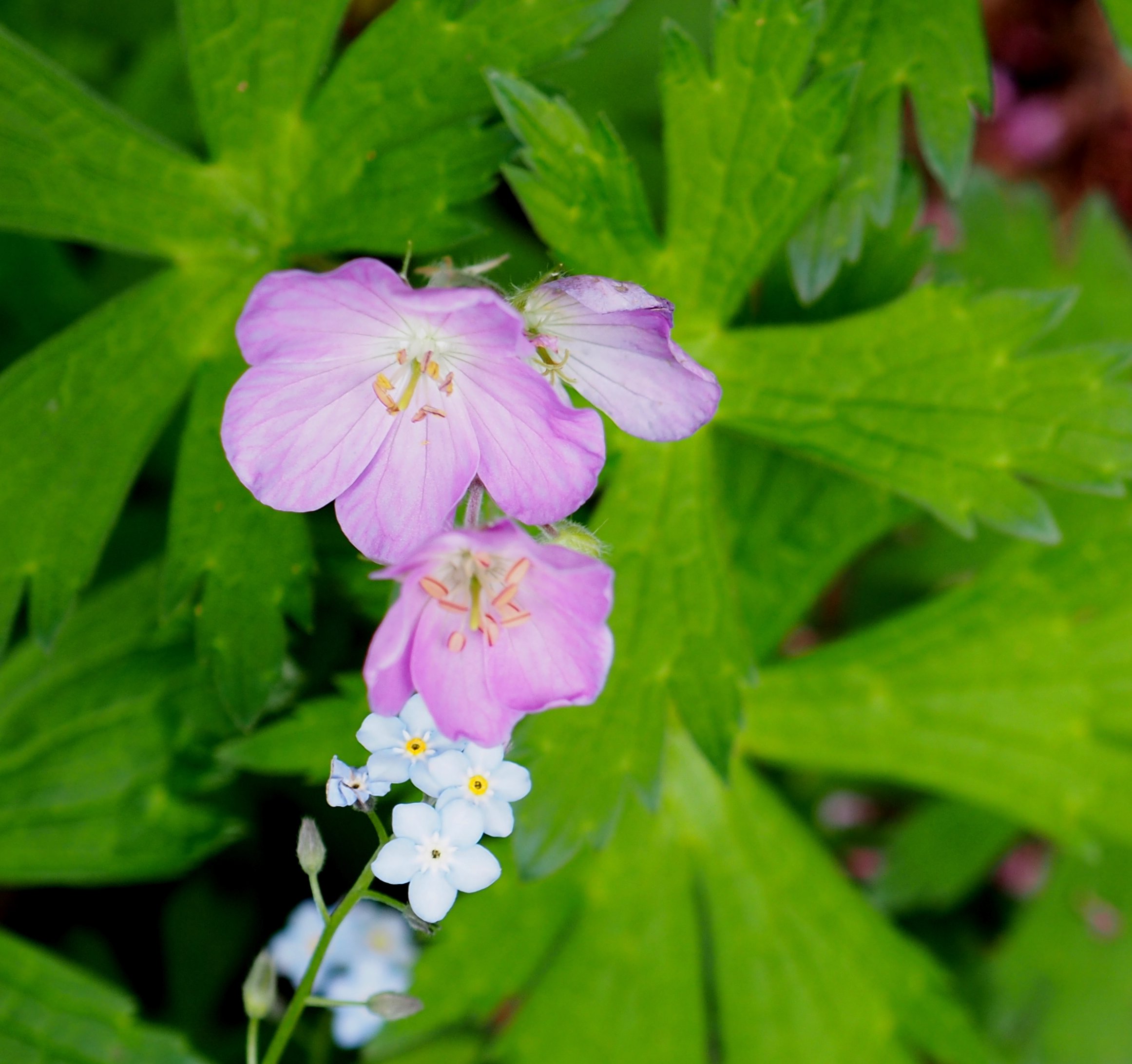
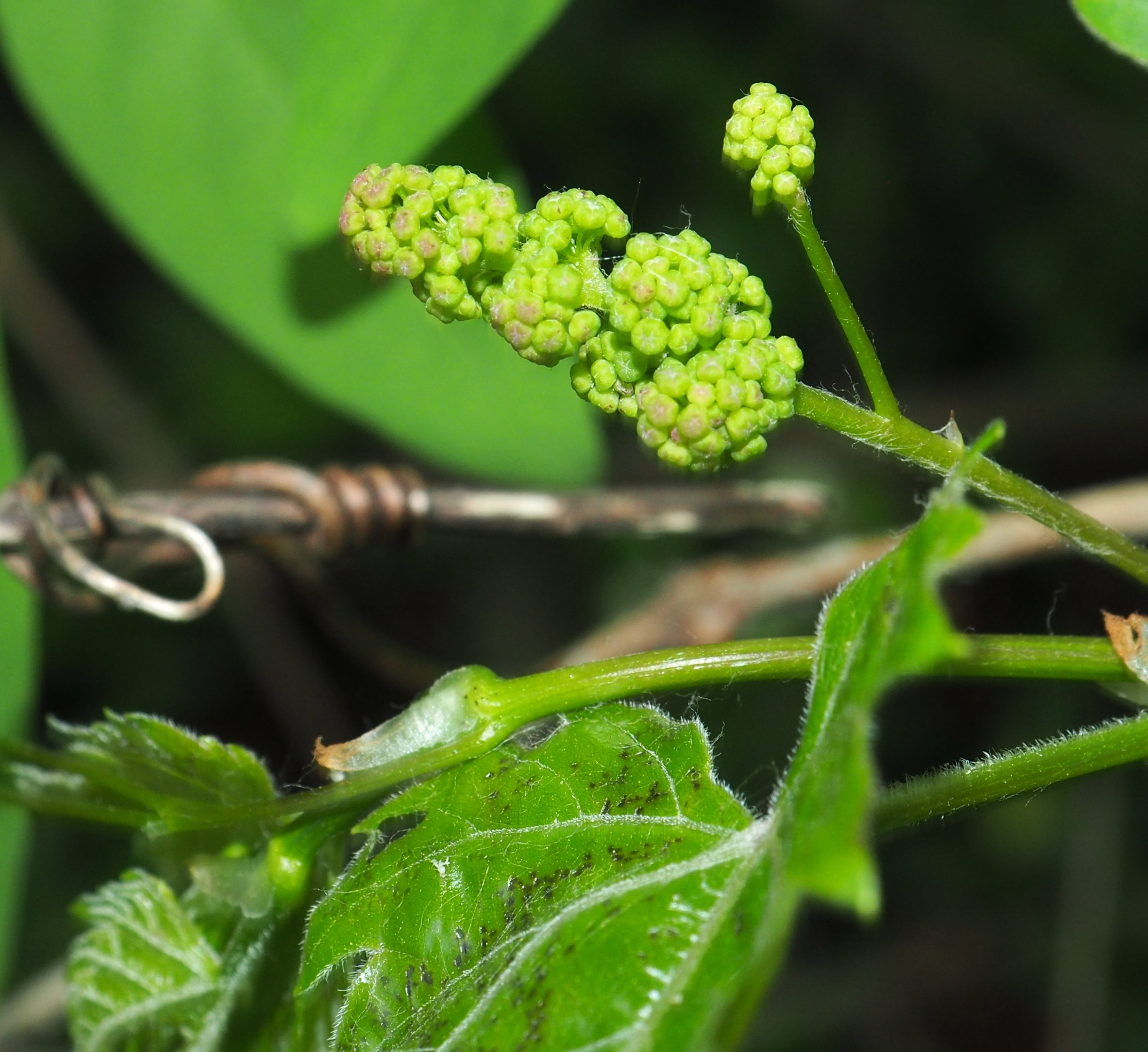
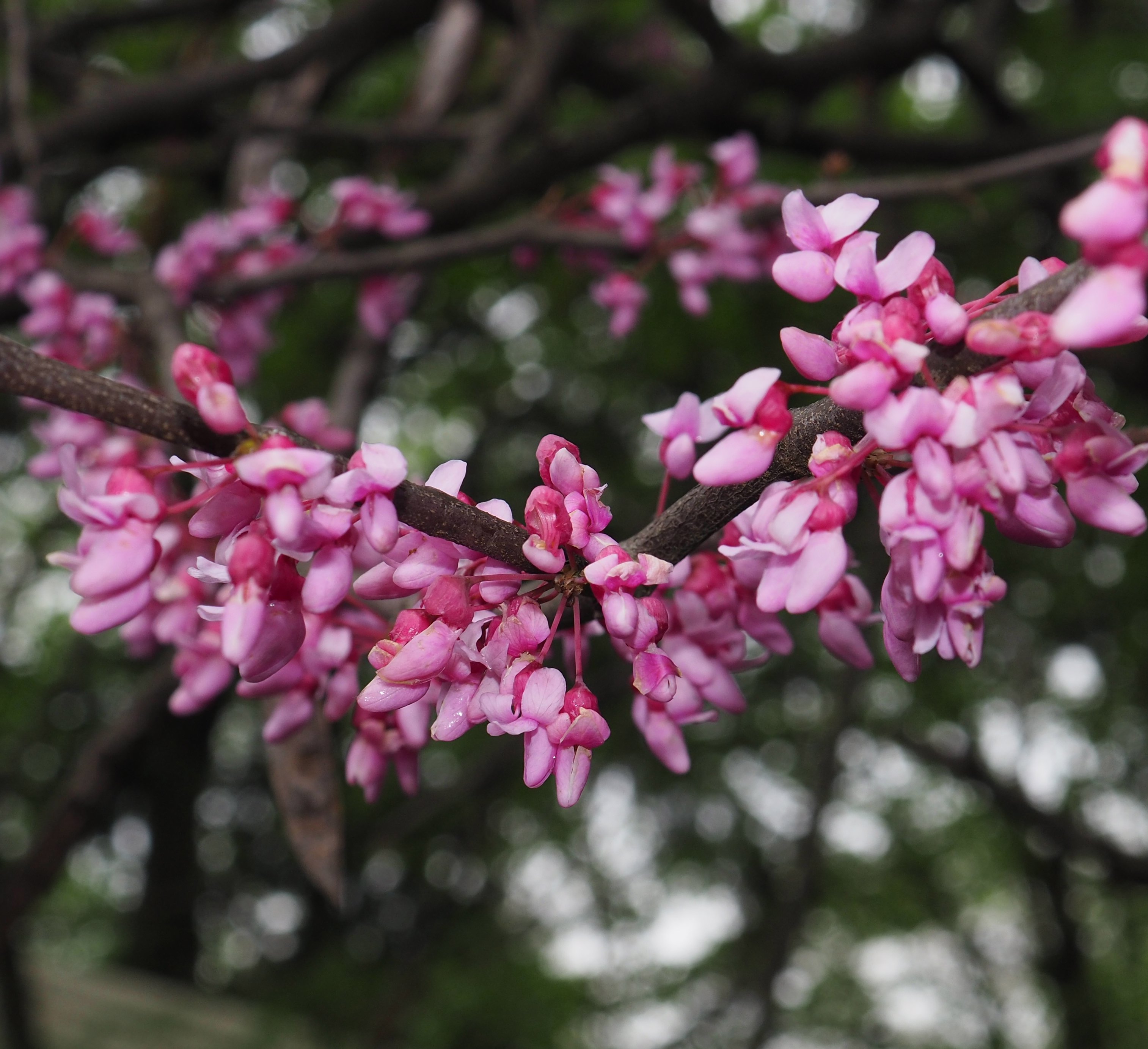
All right, it's spider time. It was a particularly full week for jumping spiders. You already know that the eyes of jumpers are unique with the row of four eyes, outside ones smaller than the two middle huge eyes, which cause the eyes of jumpers to be called "headlights". I think they give the little ones that stare right at us to look somewhat like Oliver Twist or a big-eyed kitten. Here's a black jumper, a black and white jumper, and a "dimorphic" jumper, which means that they come in various pattern-color combinations. This one is a male. Finally we have my very favorite jumper, Naphrys pulex. It's my favorite because it has a really classical-looking symmetrical pattern.
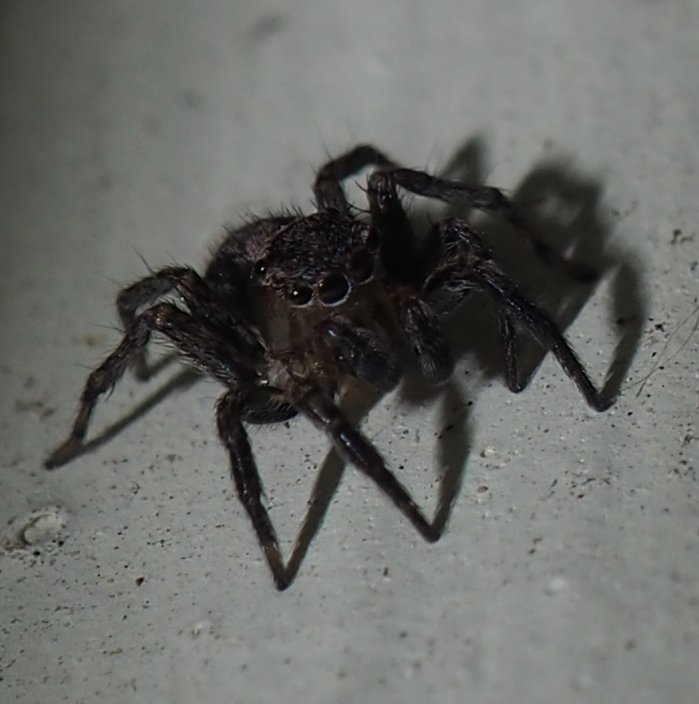
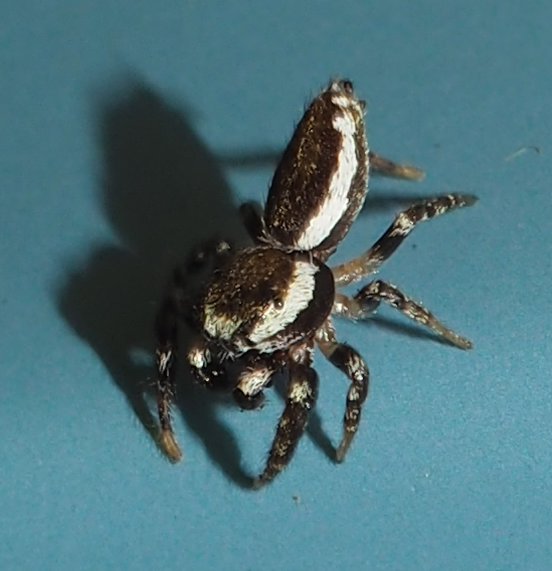
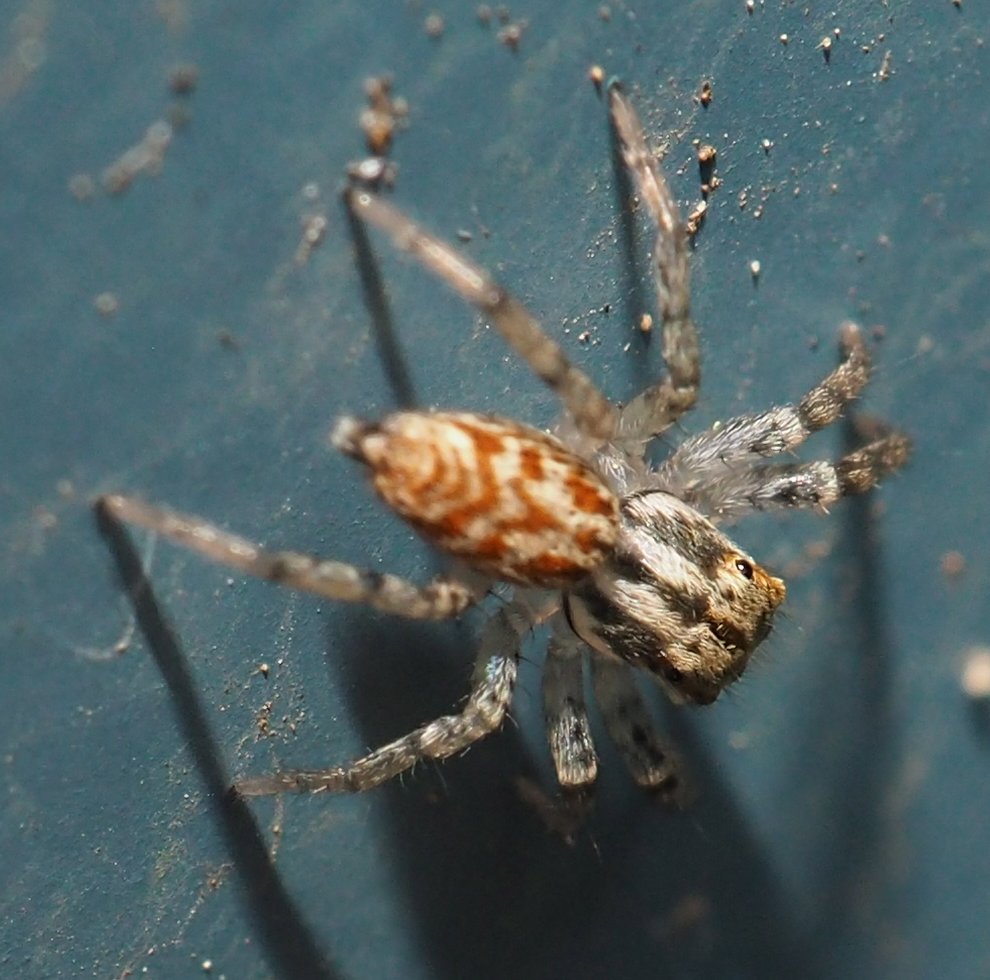
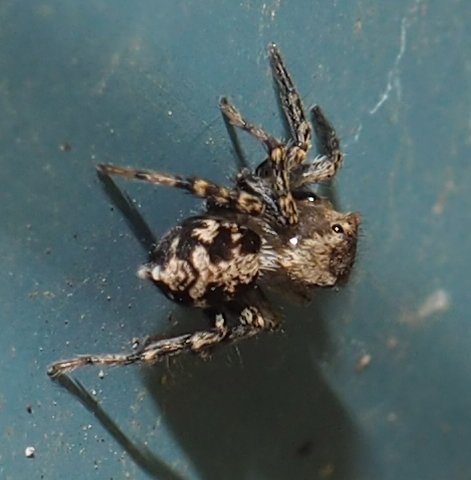
But you wanted headlights, so here is my favorite. Get ready to say "AAAAAAAAAAWWWWWWWWWWWWWWWWW"
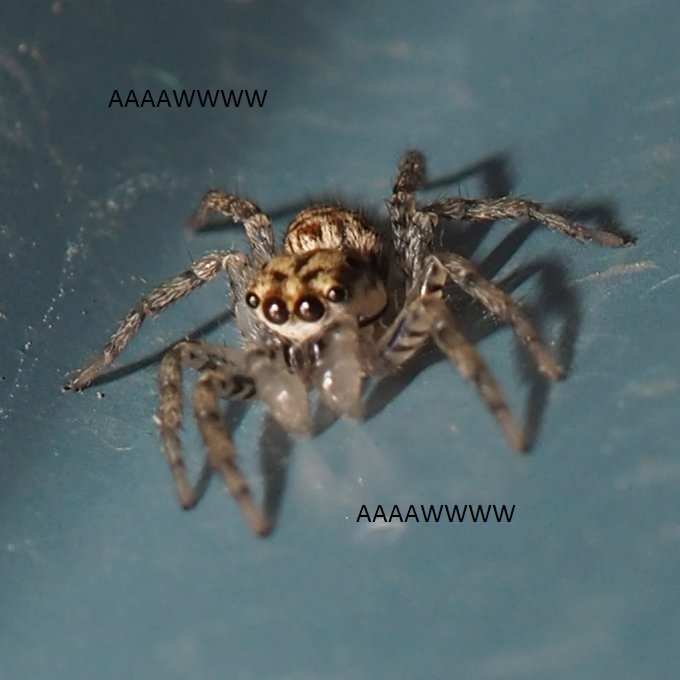
A few more spider pics. The Common House Spider is anything but common - they take on so many sweet poses, as babies and as adults, in shades of golden brown or black. Here are also a couple of Wolf Spiders. Apparently the way to identify a wolfie is to gaze into its lovely eyes in a unique configuration. The first was in the front aster bed, and the second on the shop wall out back.
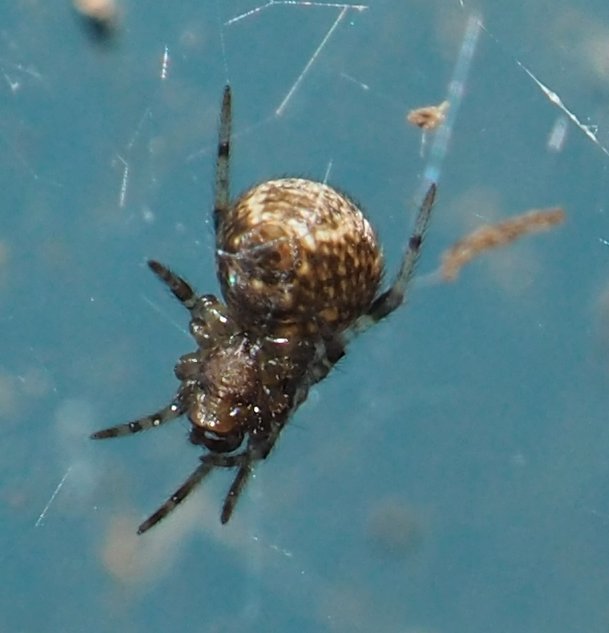
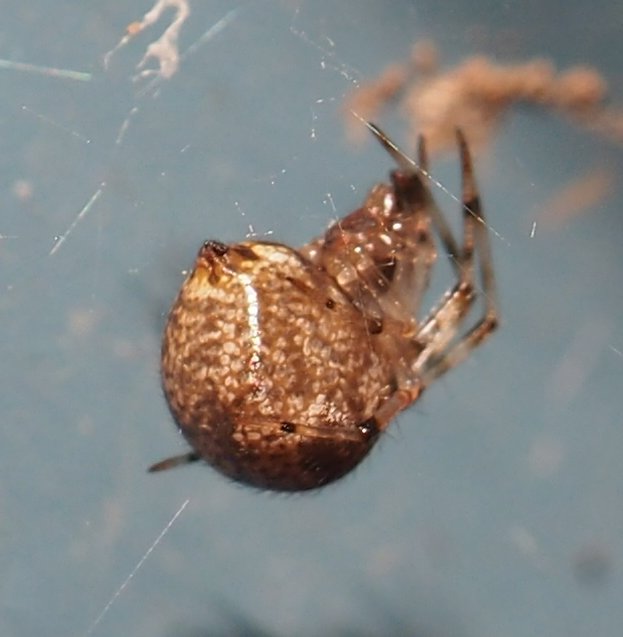
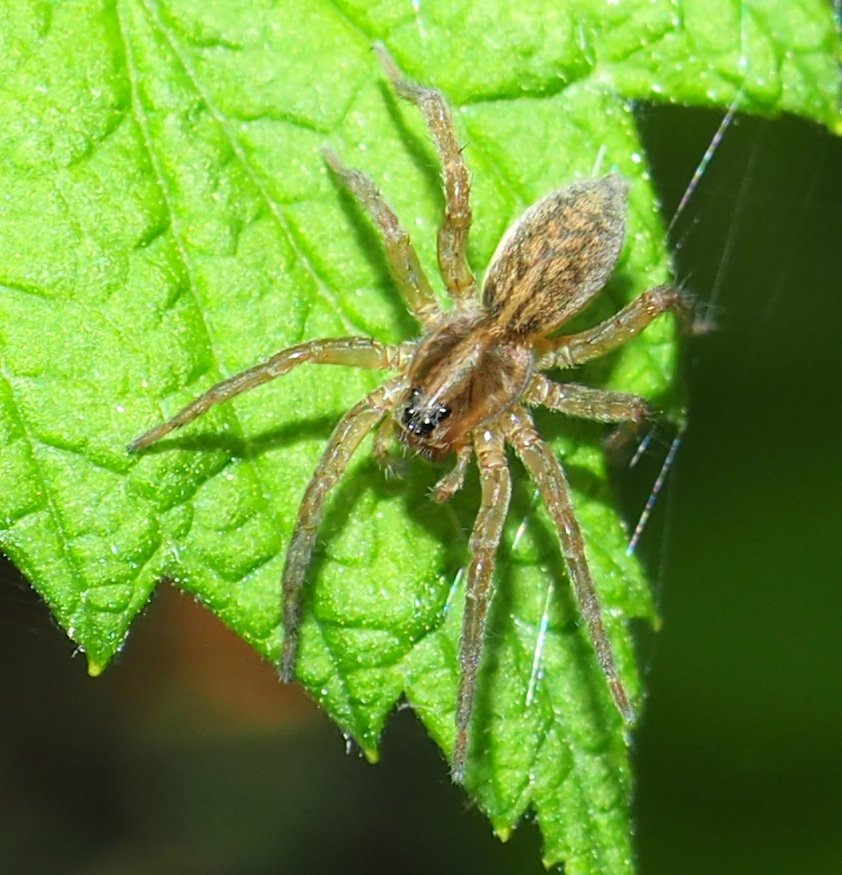
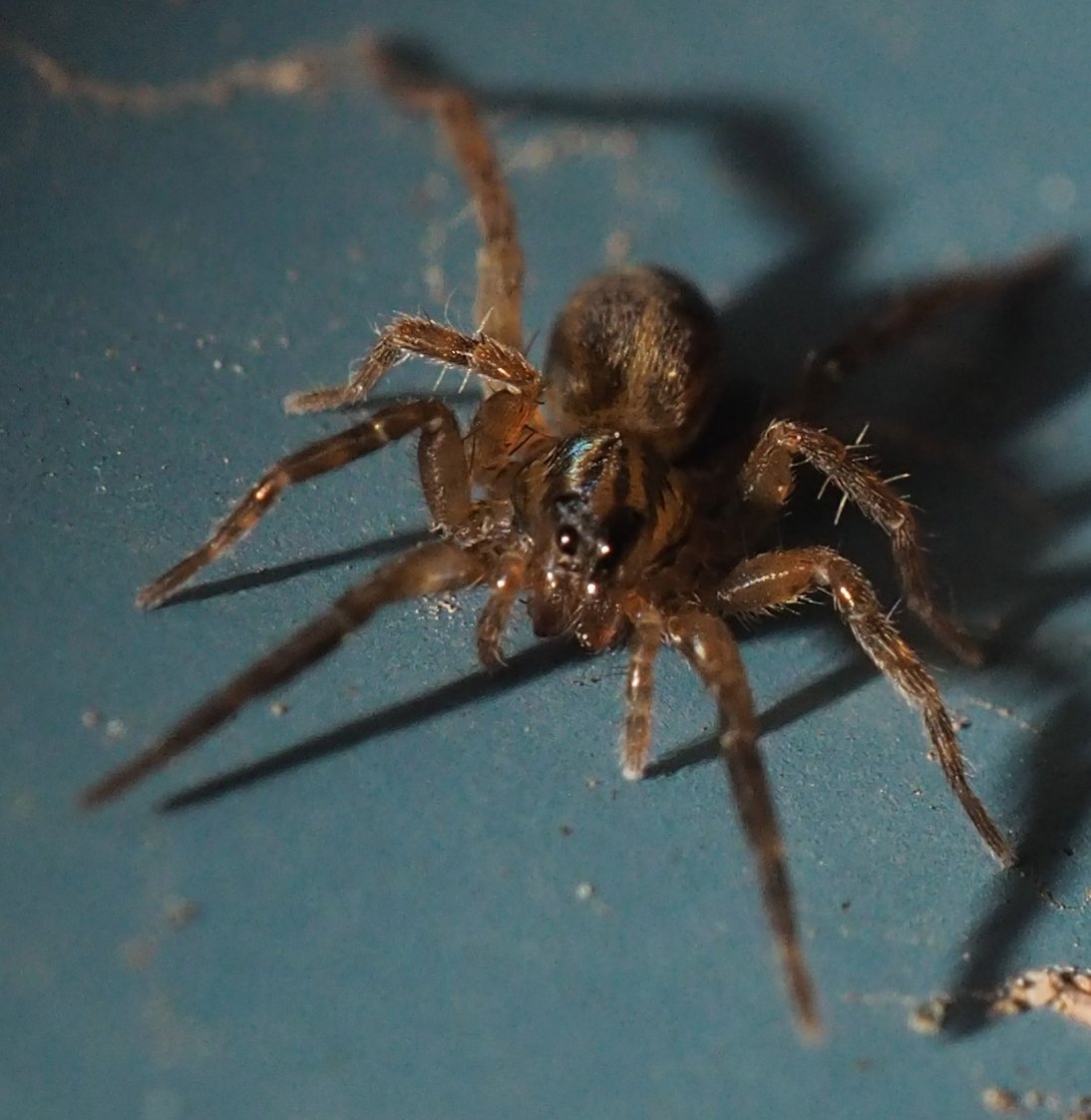
One of my other special favorites are the Pirate Spiders. Here is Mimetus puritanus with its interesting human mask face. The white moustache gives it away. The next image is of another member of Mimetus, but I am not sure of its species name. But for now, I want to flip to another picture I found of a pirate with what may be a bundle of babies OR prey in its mouthparts. (It is a female as you can see by the straight (not boxing-glove) palps. I'm fascinated by the possibilities, especially since this last photo showed up about 4 hours later, with a spider (I believe it's a pirate) who seems to be helping baby spiders out of the egg sac (if that's what this is all about!) You can see between the two legs pointing downward what seems to be a baby exiting its case. I'm so excited! I plan to ask around to see if I'm interpreting this scene correctly. Spoiler: there will be similar pictures with another spider (I think) next week.

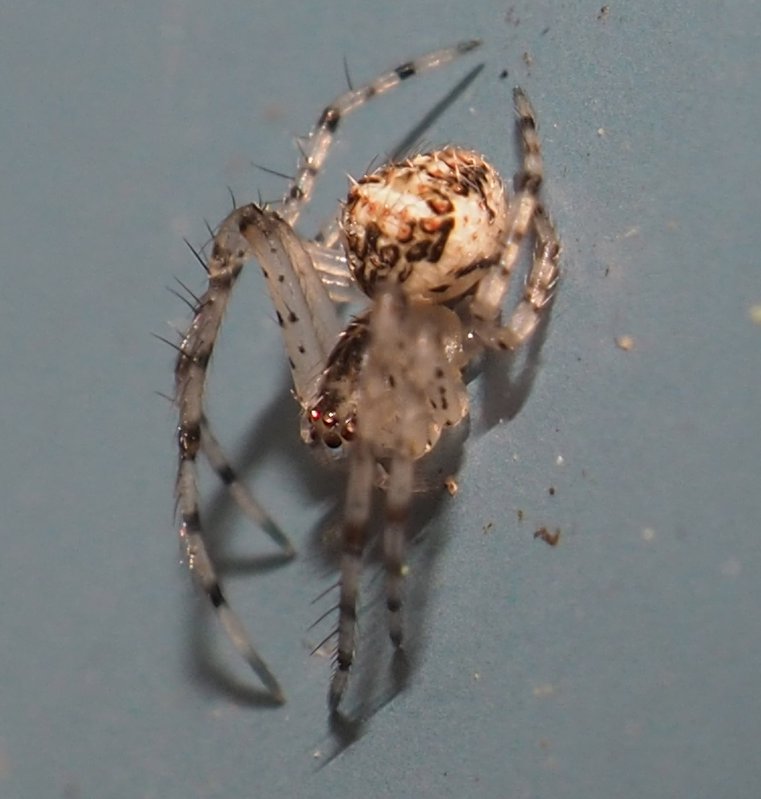
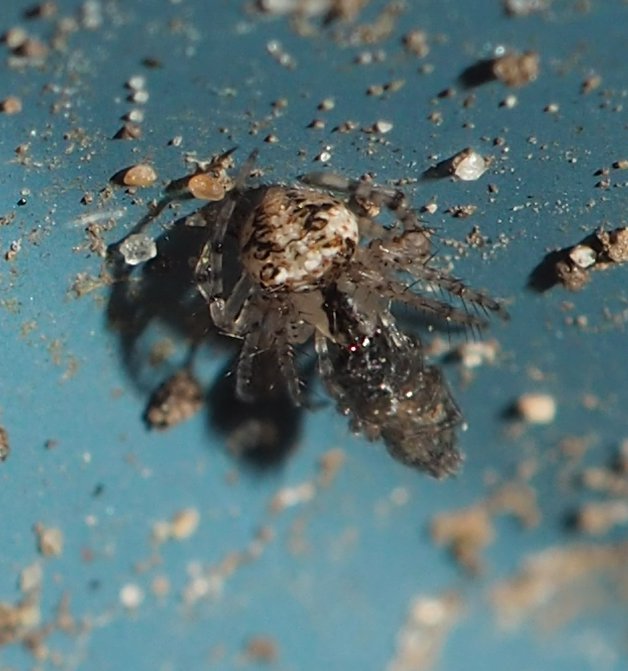
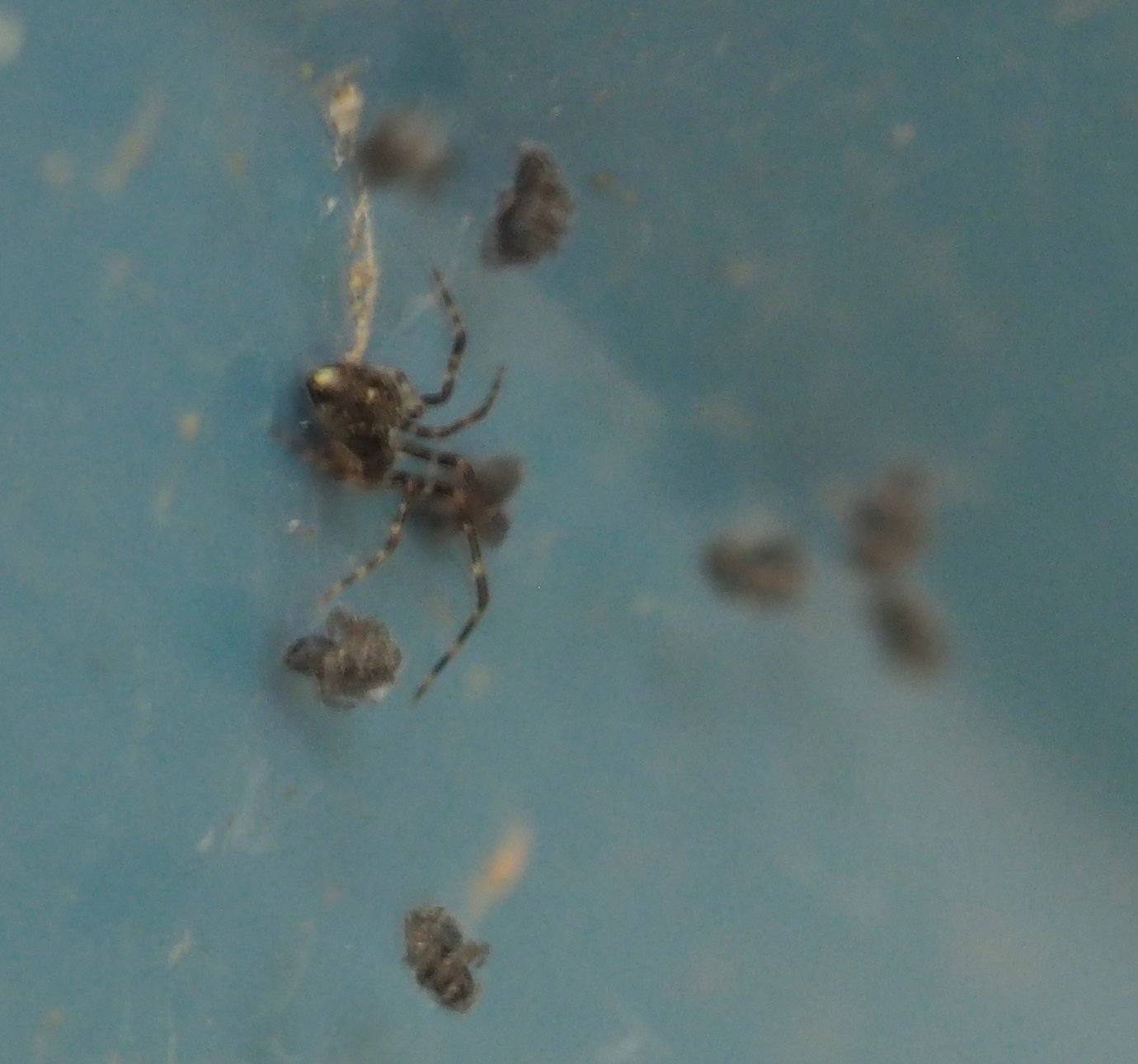
Just a few more spiders. Here's a lovely little ground crab, a cobweb spider - a male, but what's up with the ginormous pedipalps? They look like smaller abdomens! To reprise this wolf spider, yes, it did crawl onto my hand (I don't elicit this normally) by mistake, since I was trying to bend the leaf it was on and where was a wolfie to go but off that Richter 80 leaf?
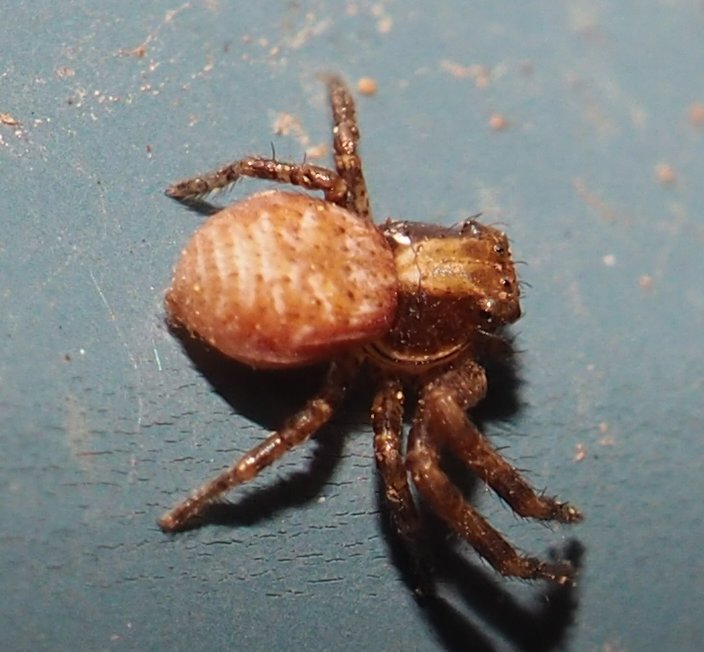
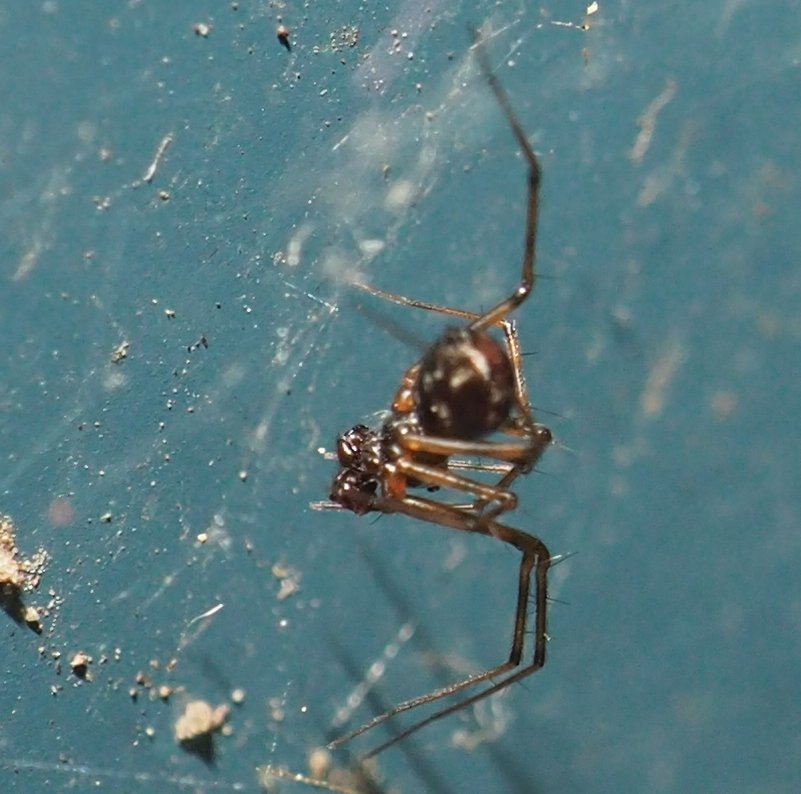
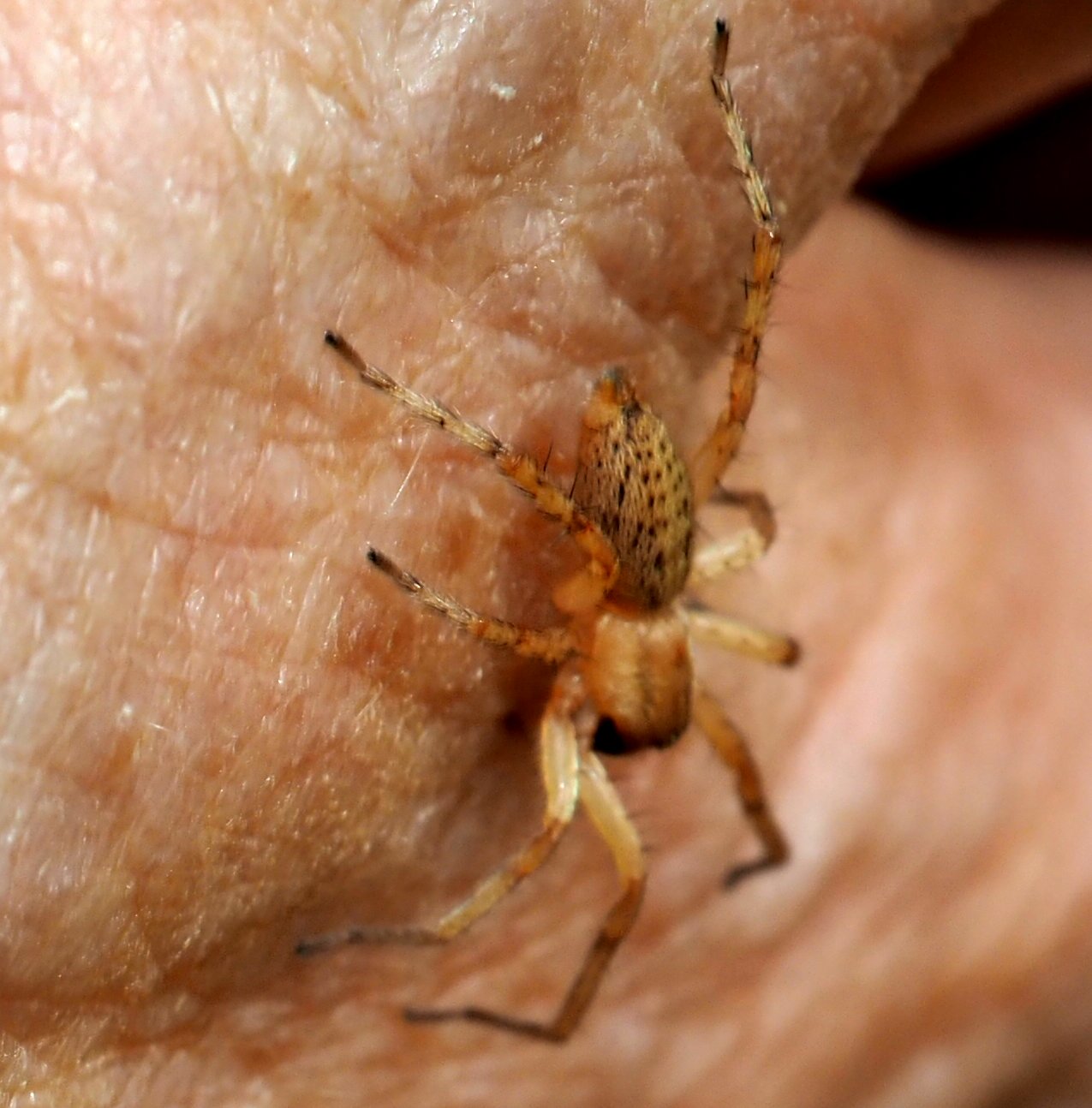
Remember the toads? Here's the babies now. Before I sprinkled flake food onto the water, the fish seem to be trying to eat them - they prefer flake food. There must be thousands of little tadpoles.
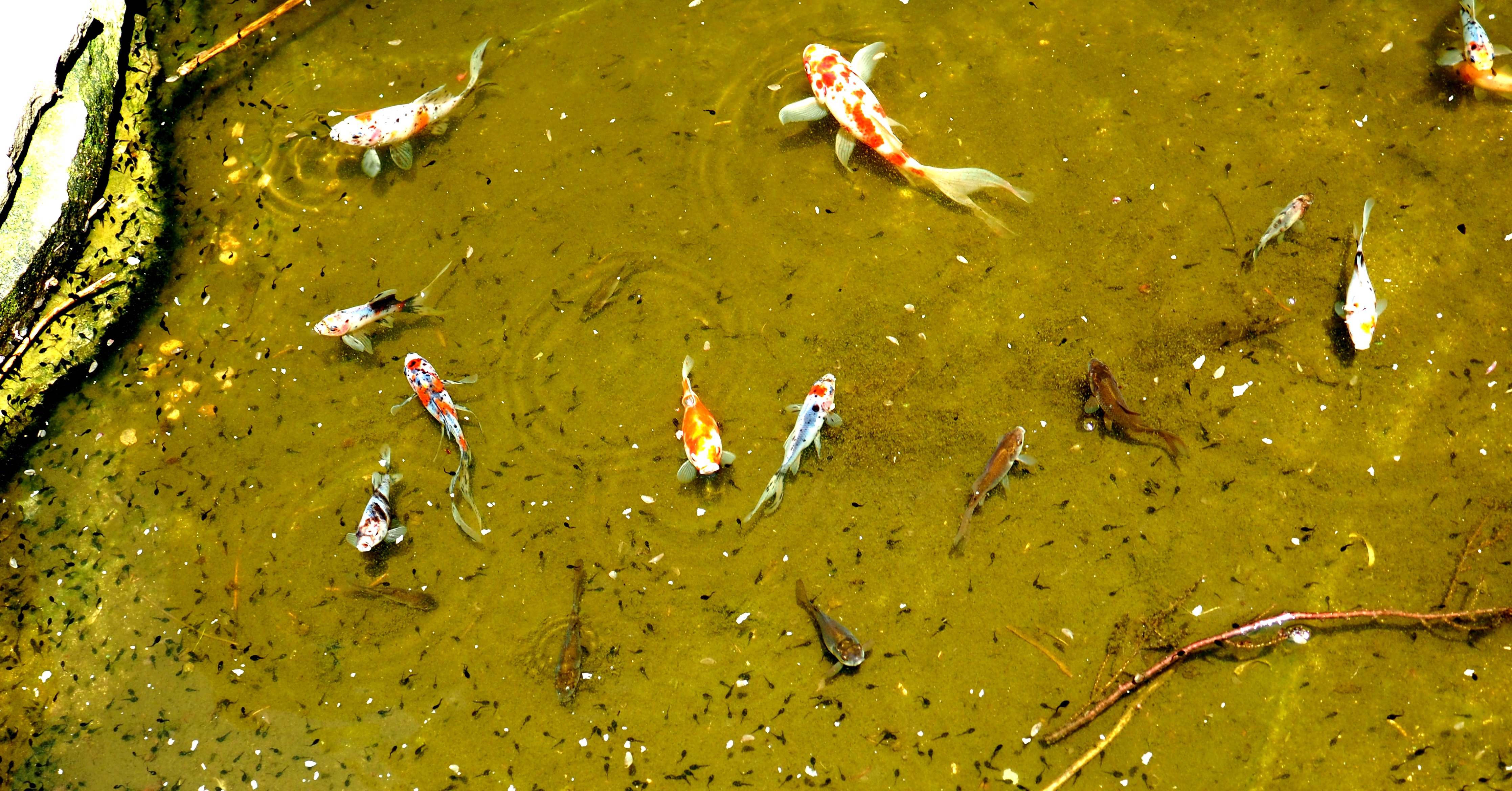
Another tadpole picture. They are multitudinous and getting fatter by the day. Last, a picture of one of the many toads in the yard, at least one year old at about an inch and a half long.
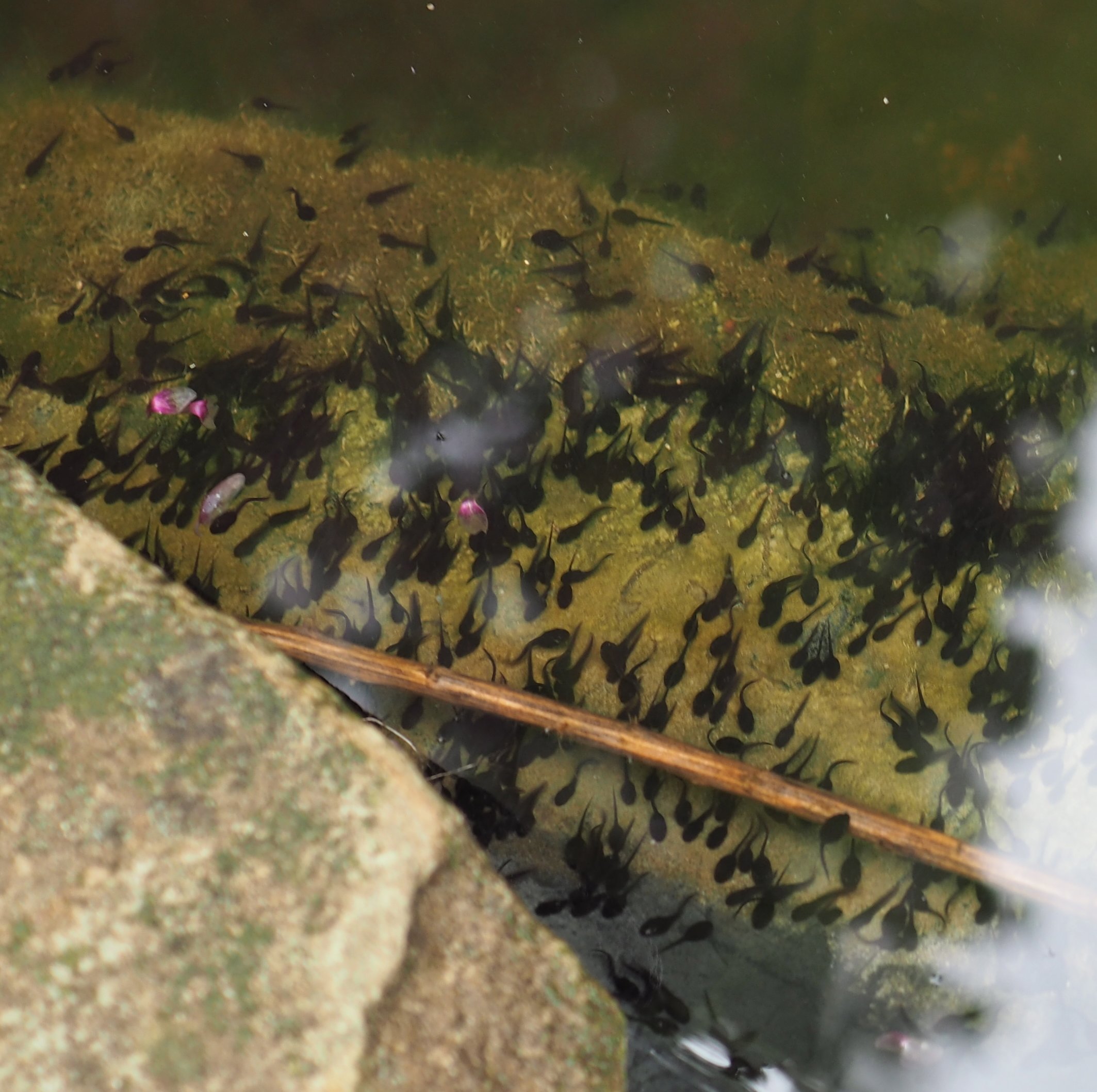
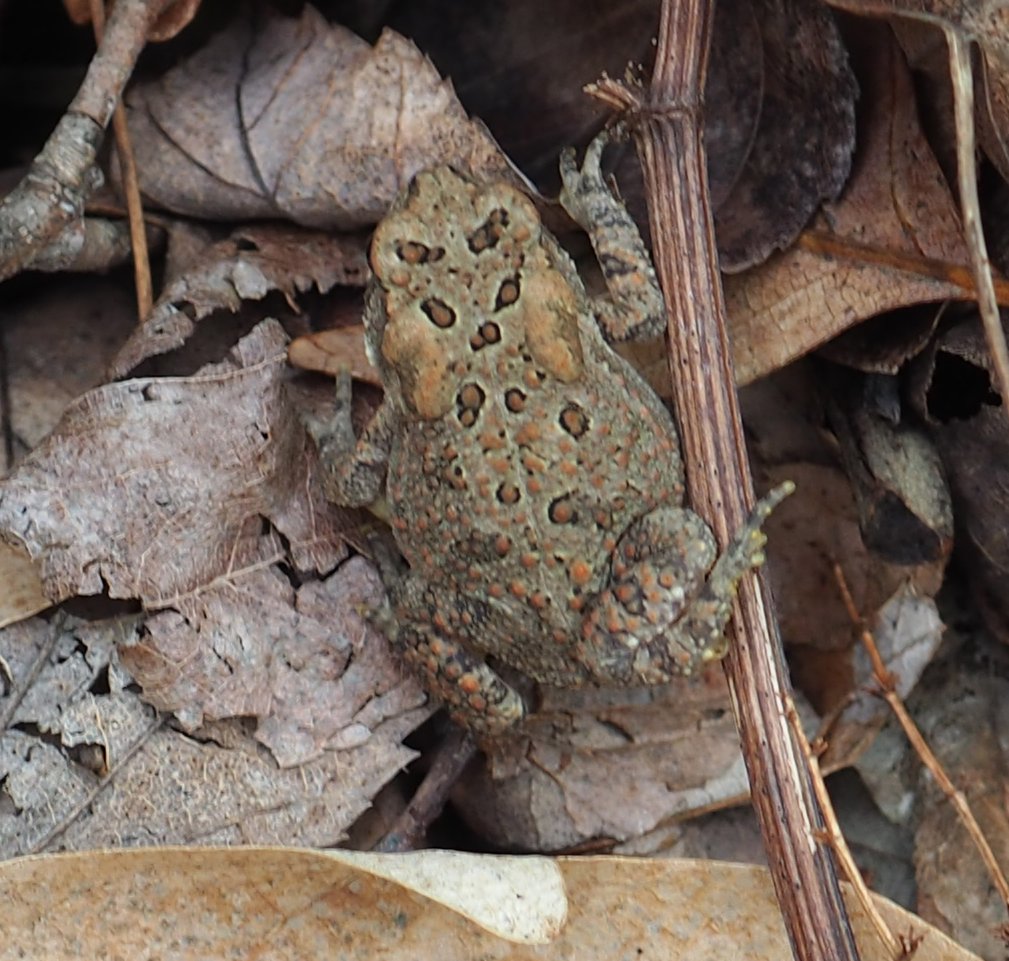
A few wasps, which are devilishly hard to ID! Is this one a wasp or a winged ant? Or an ichneumon? In the second image, is it a wingless wasp or an ant? Inaturalist.org says Parasitic wingless wasp... The third one is a velvet ant, which is actually a wasp.
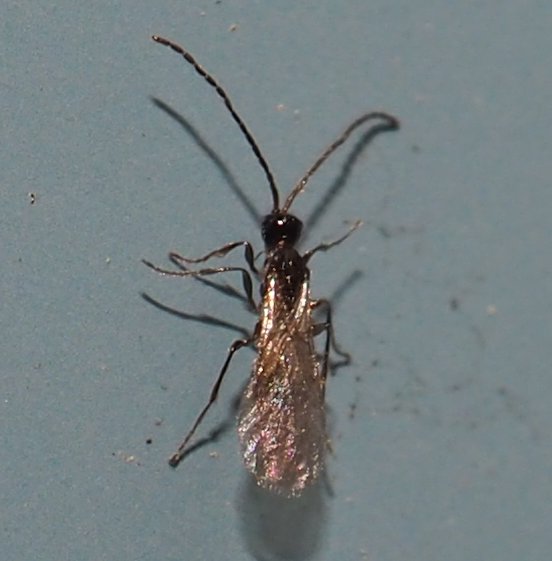
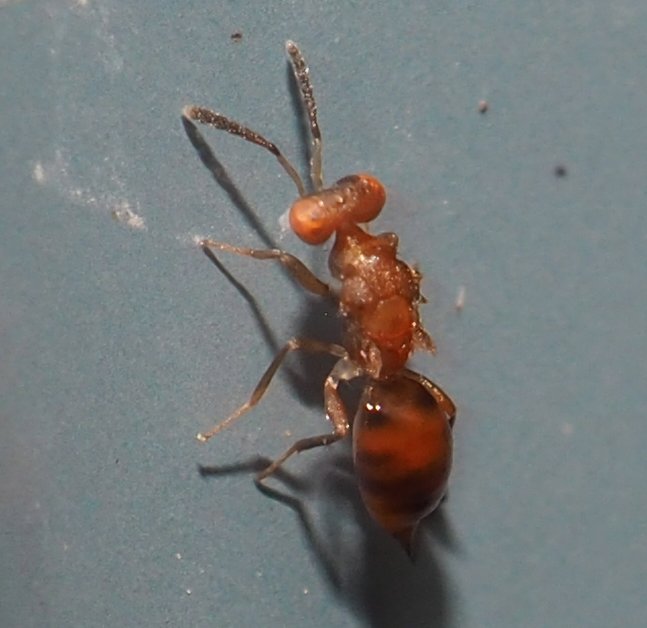
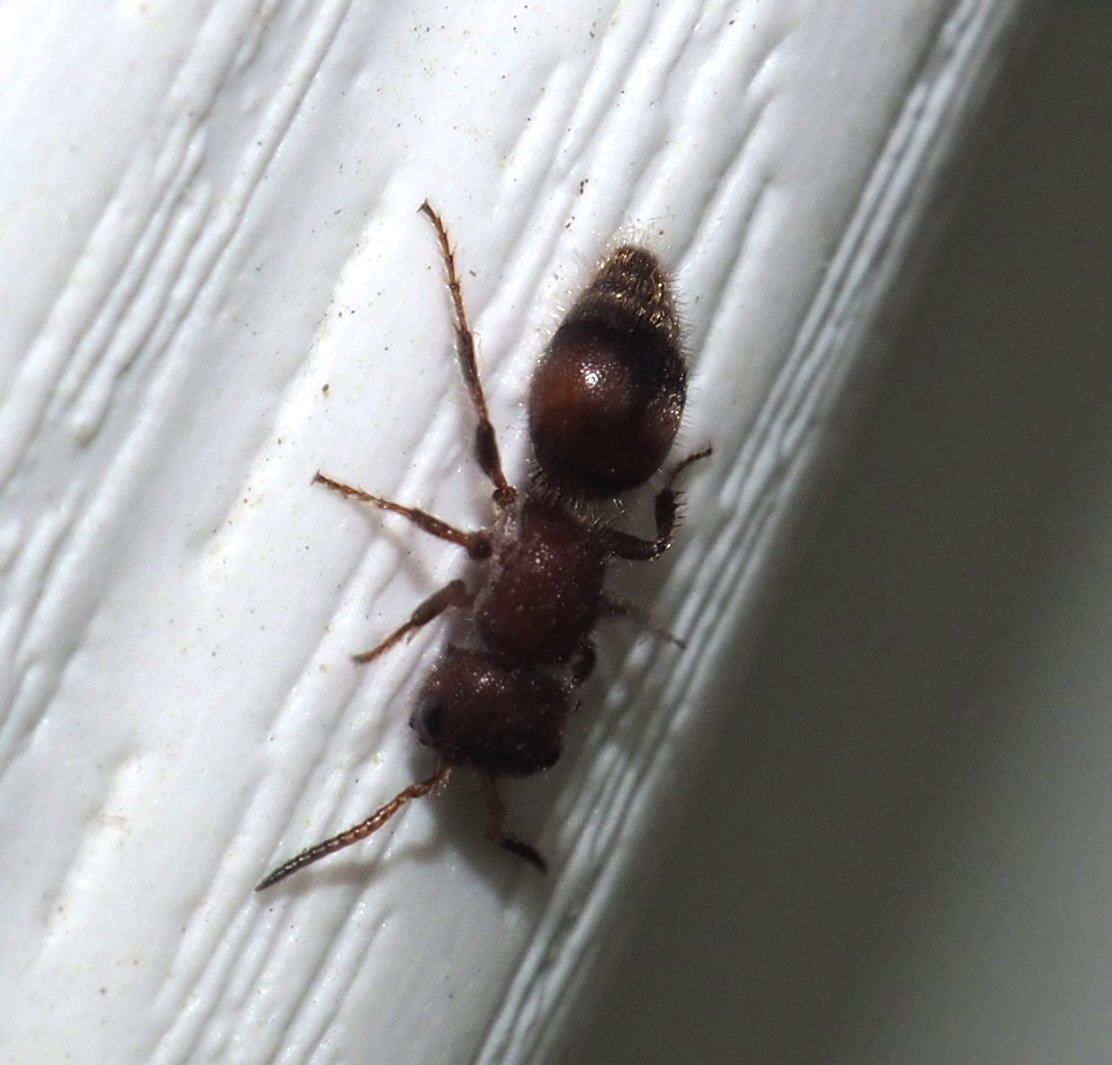
I'll now call it a week, and leave you with some more redbud blossoms from when they were bursting with life. Also, one of the little habitats to keep an eye out for: the raspberries are budding up, and in a couple of days the air will be alive with little flying creatures that particularly love the raspberry flowers.
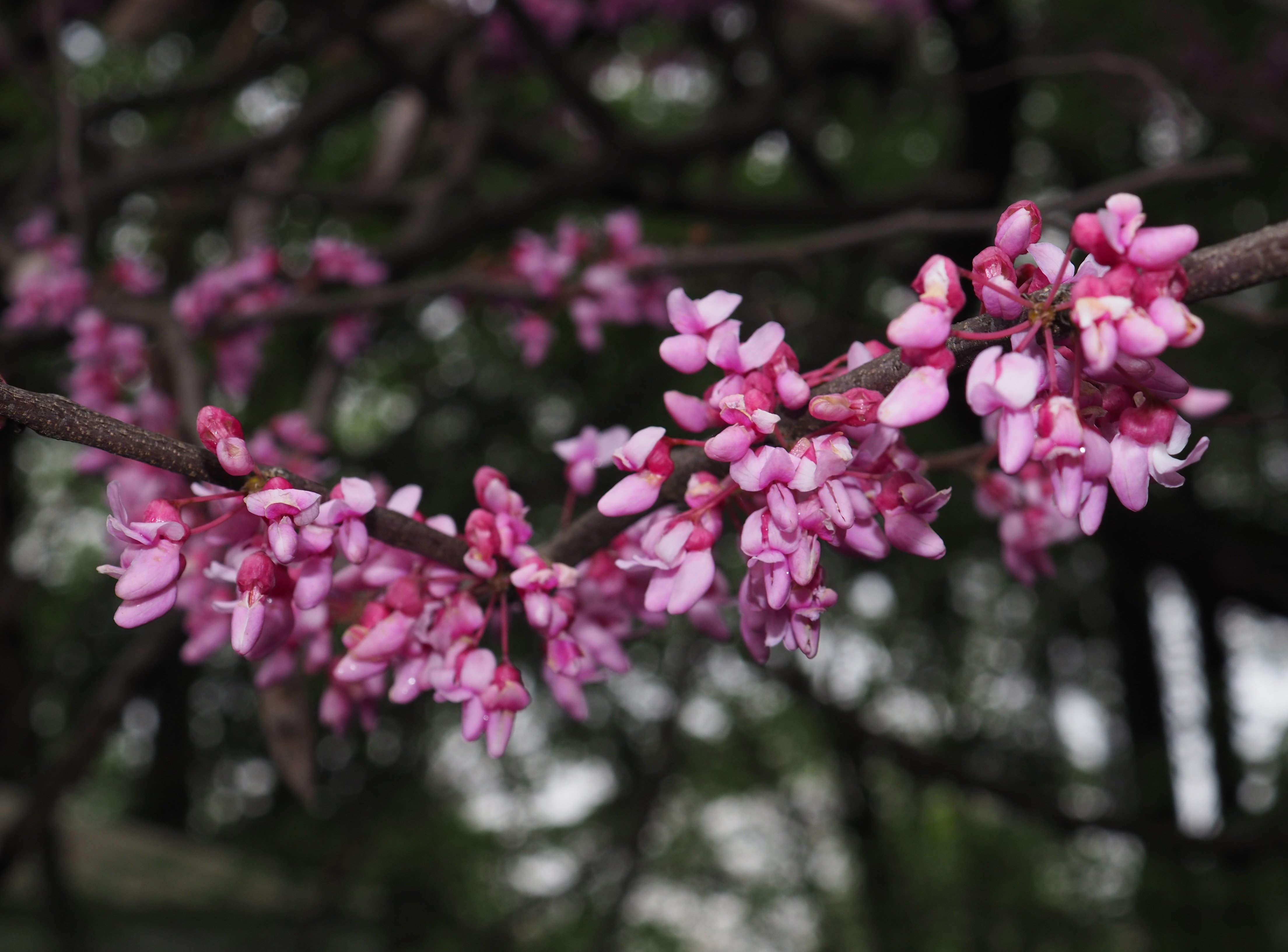
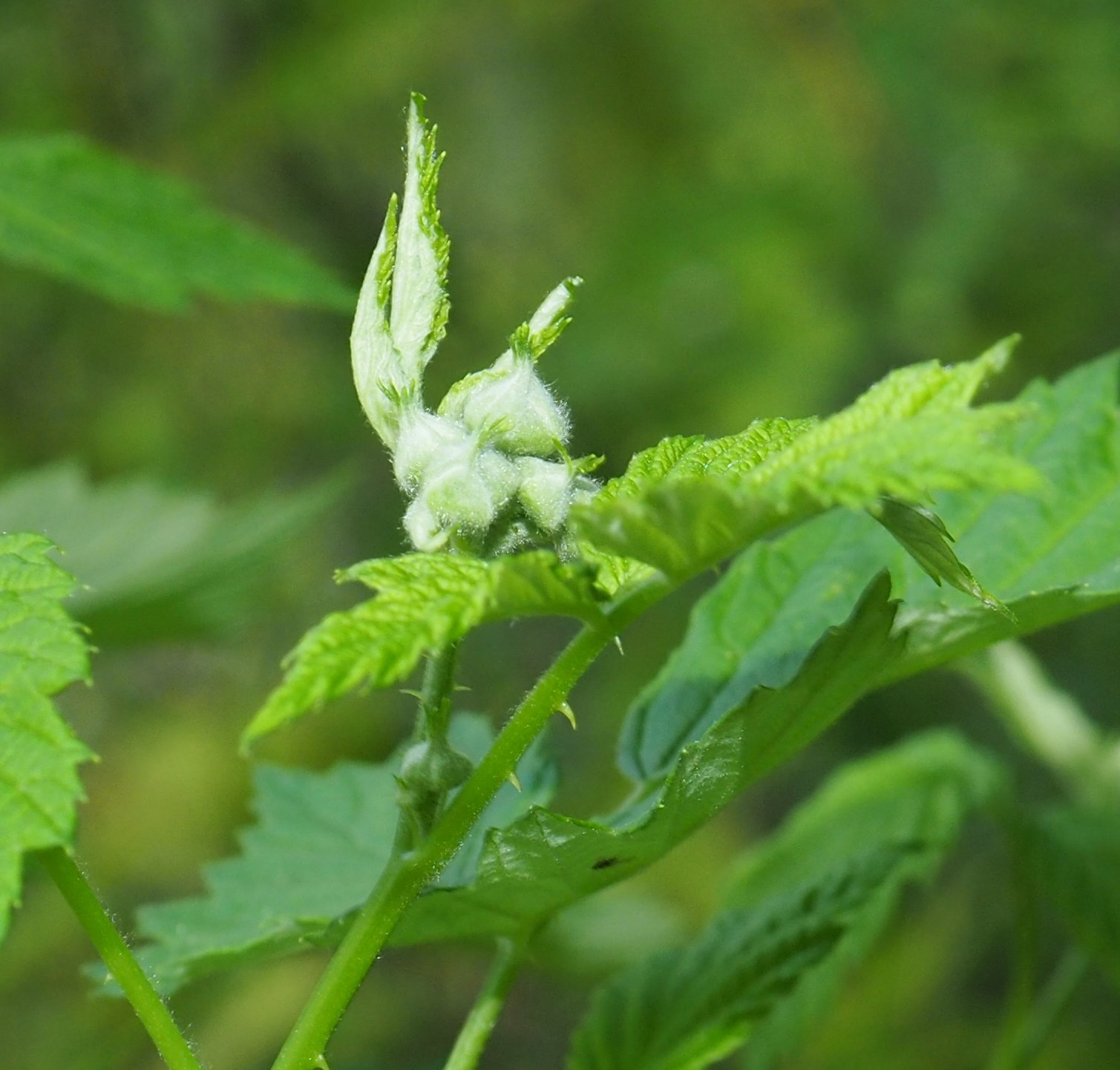
Dear friends: Until next week, have a wonderful time and be healthy (as much as possible at some of our ages)! Oh, is the flu STILL around?
Love, Martha
Back to May 13, 2018
Forward to May 27, 2018
Back to main menu
copyright Martha O'Kennon 2018




















































































